Fuji XF 35mm F2 R WR vs. XF 35mm F1.4 R Lens Comparison:
To me, the XF 35mm F1.4 is an excellent lens. It’s combination of impressive optics, speed, focal length, versatility, size, and price make it a great workhorse, and one of the most popular lenses in the Fuji X Series system. But now, another lens of this focal length, the XF 35mm F2 R WR lens, has been introduced by Fuji, which is sure to make some who are interested in a 53mm equivalent lens wonder which version of this focal length is best for them.
I figured since I had both lenses in my hands, I would write up a comparison between these two optics. Just keep in mind a few things as you read it: These tests are meant to be fun, and while they can tell you about certain traits a lens may have, these tests never tell the whole story. In my opinion, these lenses are meant to be used and enjoyed in real photographic situations. Also, some of this is opinion based, and others may have different opinions, which is perfectly fine. I also probably haven’t tested for absolutely every factor but I tested for the ones that I think are particularly important. If you’re looking for something else, there are plenty of great comparisons on the web. This is just my two cents :). Lastly, my comparison was done in a more real world setting.
Fuji XF 35mm F2 R WR vs. XF 35mm F1.4 R Lens Build Quality:
Like my reviews, I usually like starting with the topic of build quality, and in terms of that, I don’t think there’s really a question as to which lens is better. First off, the tech of the XF 35 F2 is going to reflect the fact the it’s one of Fuji’s latest creations (as of this writing). The XF 35mm F2 is a very solid, compact lens. The focusing ring is smooth, and the aperture ring offers just the right amount of resistance where it will stay in place but also not feel like it’s hard to turn. In fact, I would argue that this is one of the nicest feeling aperture rings that Fuji currently makes. The XF 35mm F2 also has 8 seals making it weather and dust resistant; it can operate in temperatures as low as -10ºC. It’s compact nature not only makes it great for a body like the Fuji X-E2 but because of it’s resistance to the elements, it’s also an excellent match with the weather resistant X-T1.
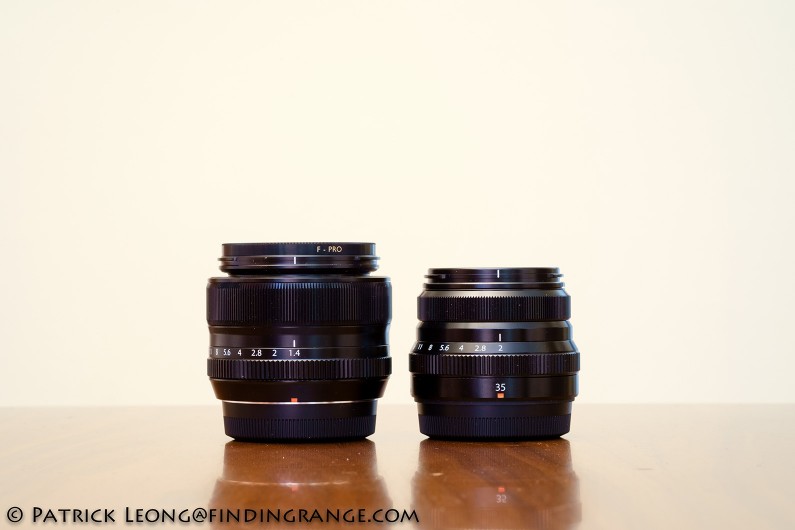
In comparison, you will definitely notice the difference in build quality between the XF 35mm F2 and the older XF 35mm F1.4. After my time with the XF 35mm F2, I realize even more how far Fuji has come since its X-Pro1 days. The XF 35mm F1.4 is a first generation X Series lens and with that comes first generation build. It’s still a solid lens but unlike the XF 35mm F2, there’s also a little hollow feel to it. This hollowness plagued other first generation lenses as well, and I’ve mentioned this in several of my reviews. Even though it is a larger lens, at 187g, it’s not much heavier than the 170g F2 version, which to me, says something. Furthermore, while there was firmware released to quiet down the aperture blades from making chattering noises, there’s still a little noise leftover.
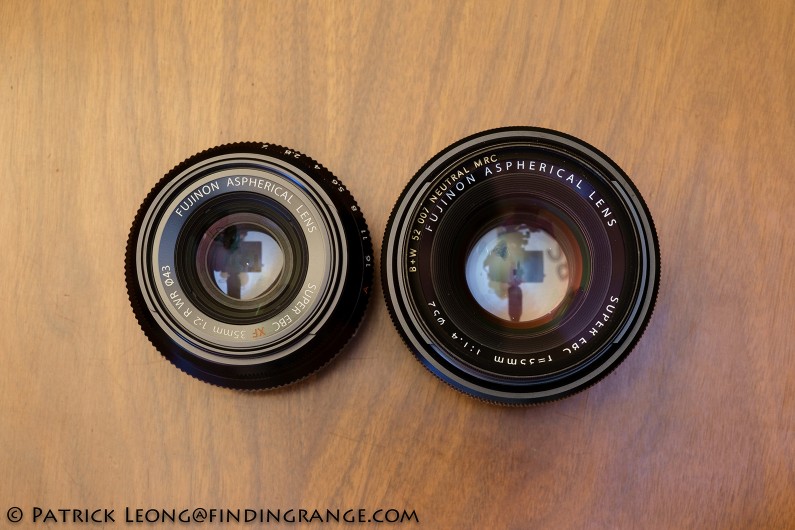
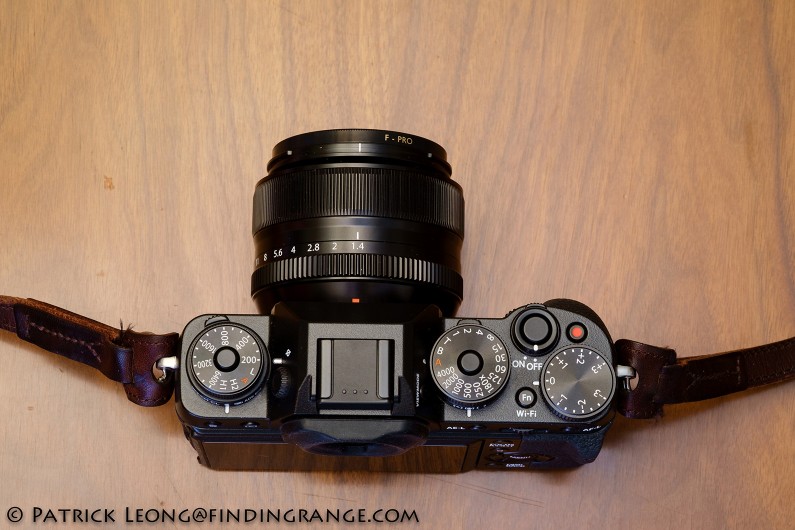
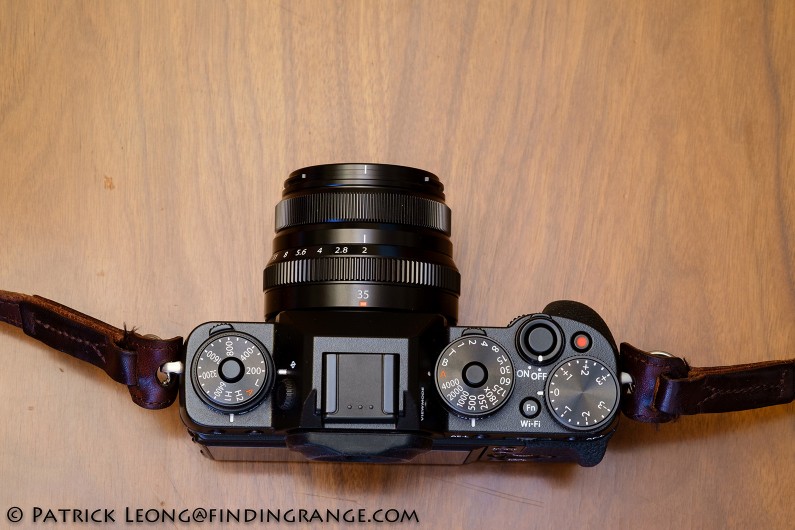
Fuji XF 35mm F2 R WR vs. XF 35mm F1.4 R Lens Autofocus:
In terms of the autofocus, the XF 35mm F2 wins out here as well. With focusing speeds of 0.08 seconds, it’s faster and best of all, it’s quiet. Almost dead quiet. As I mentioned in my XF 35mm F2 review, if you have this lens mounted on the X-T1, and you’re using the electronic shutter, you will barely hear a thing. It’s also worth mentioning that this lens has an internal autofocus system, so the front element does not rotate. This is good news for those who wish to use certain types of filters like polarizers.
In comparison, the XF 35mm F1.4’s autofocus is noisier. It’s also slower but in my opinion, I don’t think it’s bad at all. Some may disagree, which is fine but with all the numerous firmware updates, the XF 35mm F1.4’s autofocus has significantly improved since it was released. I own the XF 35mm F1.4, and use it with my X-T1 with no major issues. I would actually say that after all the firmware updates, it’s fast. I use it for portraits, street, and even some action, and for the most part, this lens will keep up. Yes, the XF 35mm F1.4 is not as fast or quite as accurate as the F2 version but for me, I believe the autofocus has been improved enough that it wouldn’t affect my decision as to which lens I would purchase. That’s my honest opinion.
Fuji XF 35mm F2 R WR vs. XF 35mm F1.4 R Lens Hoods:
As for lens hoods, the XF 35mm F2 comes with a simple plastic type that screws onto the lens. Yes, it’s plastic, and yes, it’s a no-frills design but I am actually a fan of this lens hood mainly because it’s design fits the compact nature of the lens. I like things that serve their purpose, and to me, this lens hood does what its creators intended it to do. It’s a nice change from some of the larger lens hoods that are included with other Fuji lenses. This lens hood works, it doesn’t get in the way, and best of all, because of the size and the fact that the lens cap fits on while the hood is attached to the lens, I can leave the hood on permanently. For those who want a more classic look, there’s also the LH-XF35-2, which is a vented style hood. It reminds me of the lens hood that was designed for the 35mm Summicron ASPH Black Chrome Edition.
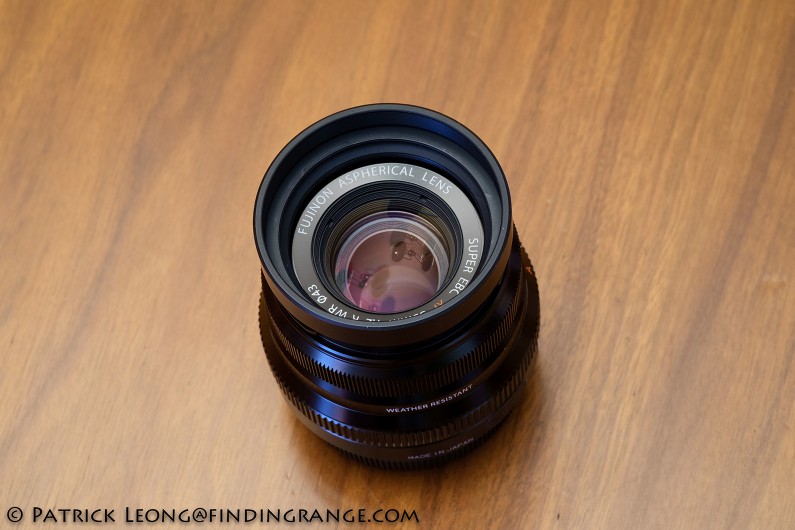
The XF 35mm F1.4 comes with a lens hood that’s a little larger but it matches the size of the lens. I am rather fond of it as well because it’s a metal hood that also fits the design of the lens. The XF 35mm F1.4 comes with two lens caps: one if you decide to shoot without a lens hood, and a rubber cap that is designed to fit over the lens hood. This means that like the 35mm F2, you can leave the hood on permanently as well, which is a great thing. The only problem is the rubber lens cap tends to pop off easily. Even doing something as simple as putting the camera back into the bag can cause the cap to pop off. Still, as I mentioned, I actually like the hood design itself, and there are ways around the cap issue; for example, one could technically use a protective filter, and just forget caps altogether.
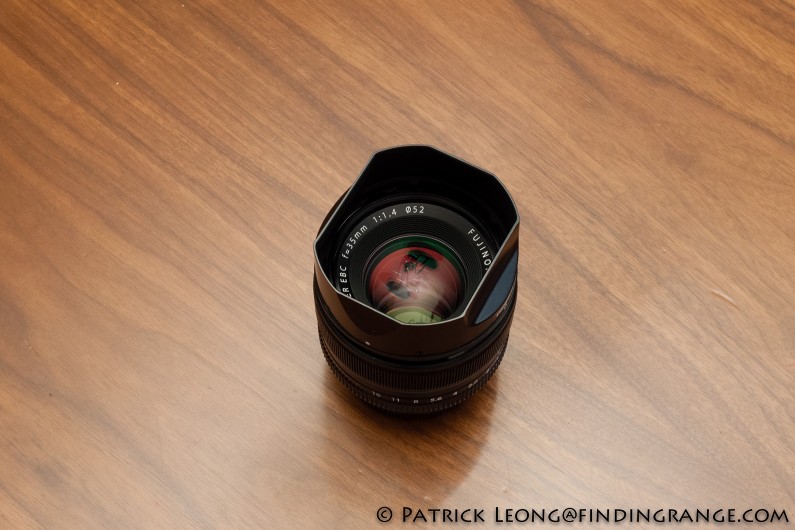
Fuji XF 35mm F2 R WR vs. XF 35mm F1.4 R Lens Image Quality:
In order to test for image quality, I used my Fuji X-T1 (B&H Photo/Amazon) and mounted it on my Gitzo GT2542. I took several shots at each whole aperture setting just in case there was some sort of error. But keep in mind that when I tested for image quality, nothing was done on a scientific test bench. Also, disregard tones and color because during my shooting, the light changed several times. These are completely unedited images.
Fuji XF 35mm F2 R WR vs. XF 35mm F1.4 R Lens Sharpness:
In every photo containing two crops, the left side is a crop taken with the XF 35mm F1.4 and the right crop is taken with the XF 35mm F2. Click on the images to see the crops at 100%.
Center Sharpness First Set:
↑ F1.4
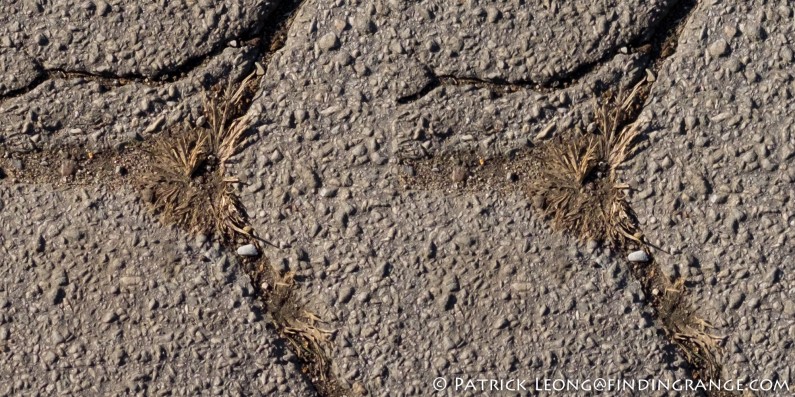
↑ F2
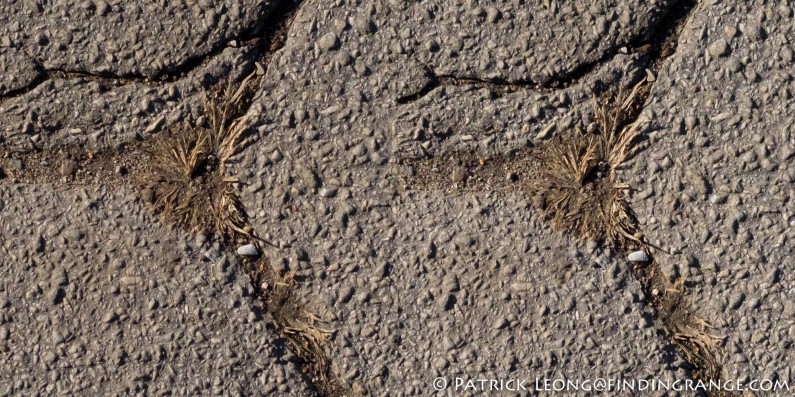
↑ F2.8
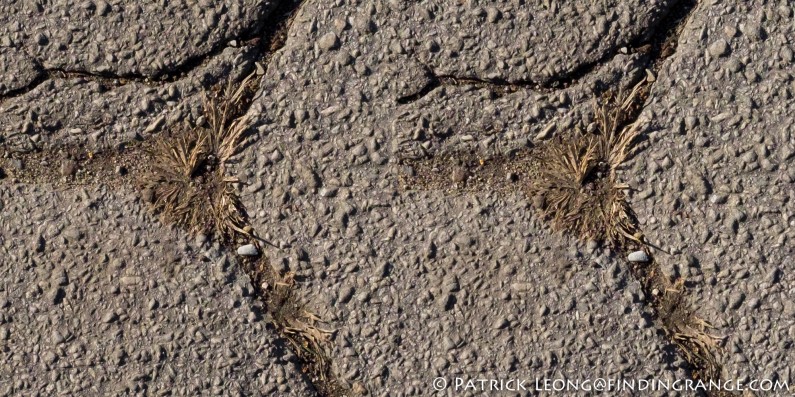
↑ F4
↑ F5.6
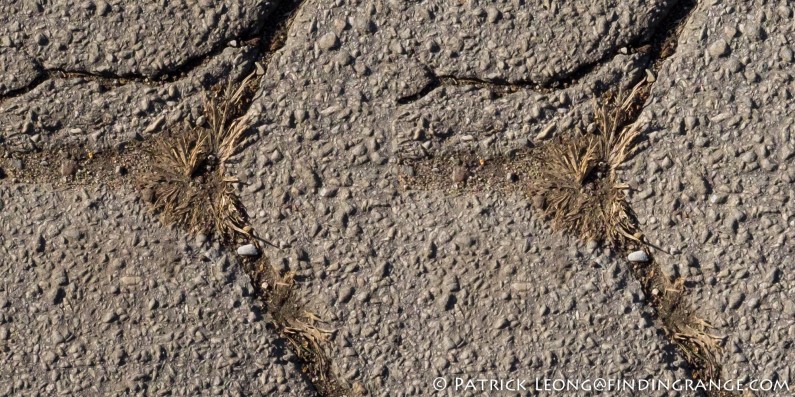
↑ F8
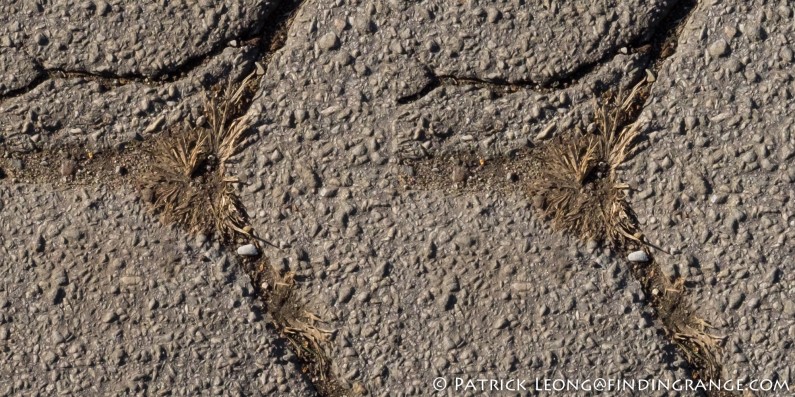
↑ F11
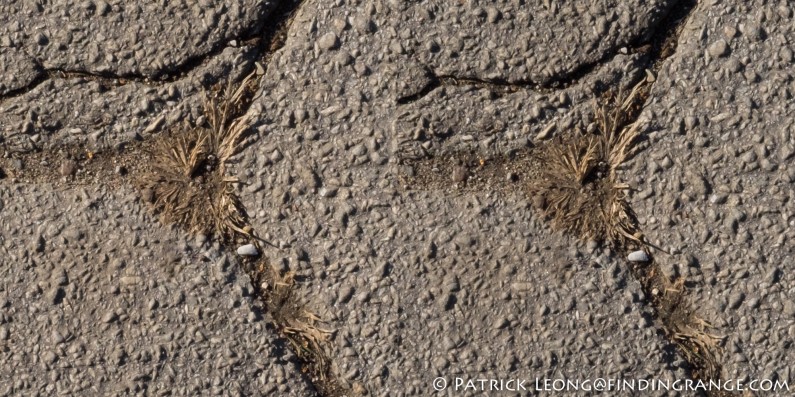
↑ F16
Center Sharpness Second Set:
↑ F1.4
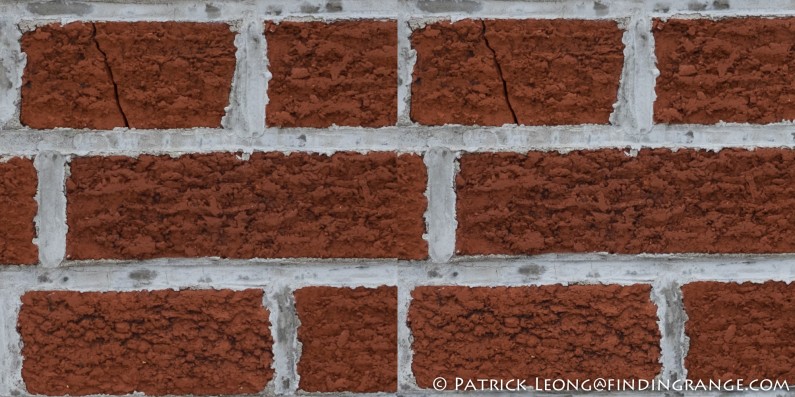
↑ F2
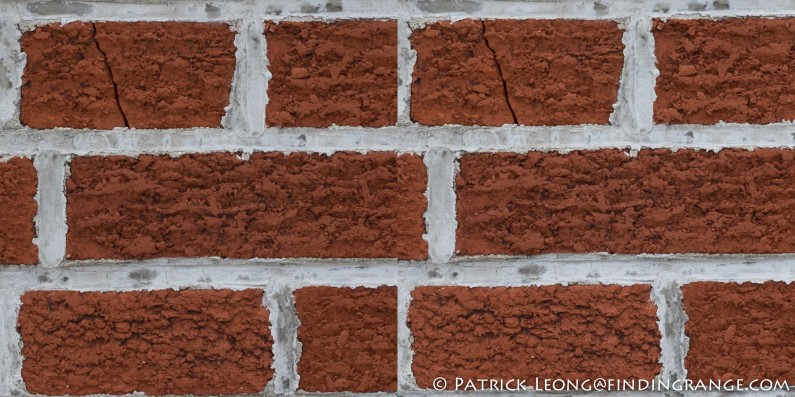
↑ F2.8
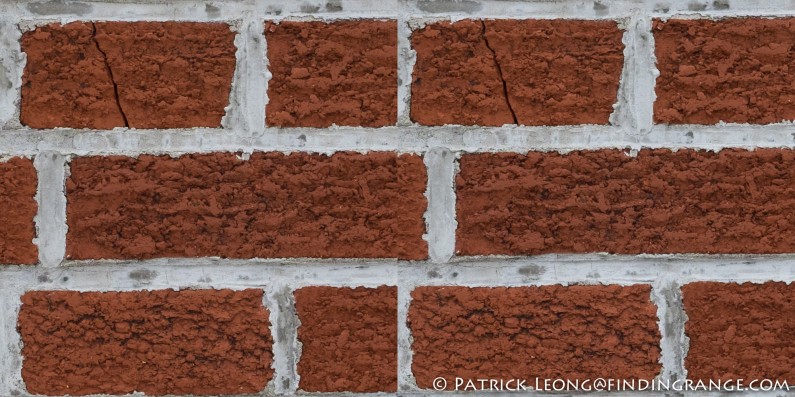
↑ F4
↑ F5.6
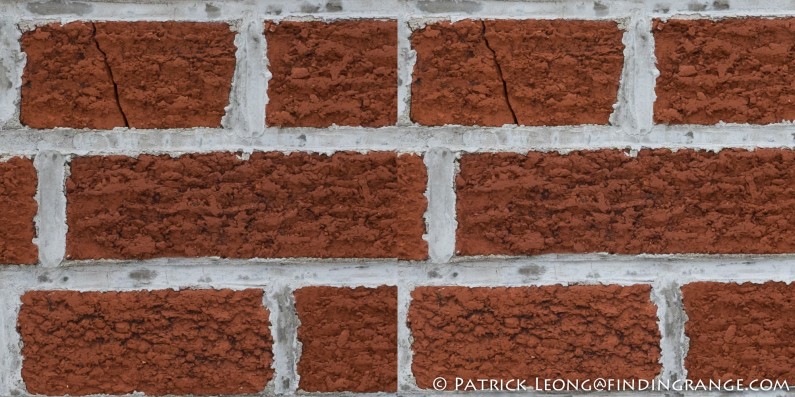
↑ F8
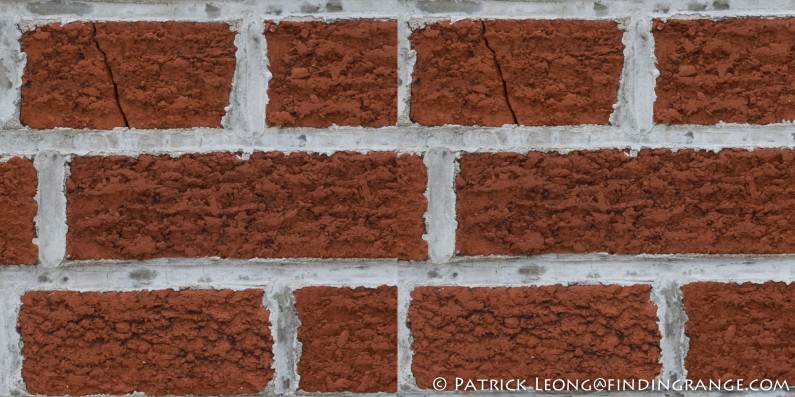
↑ F11
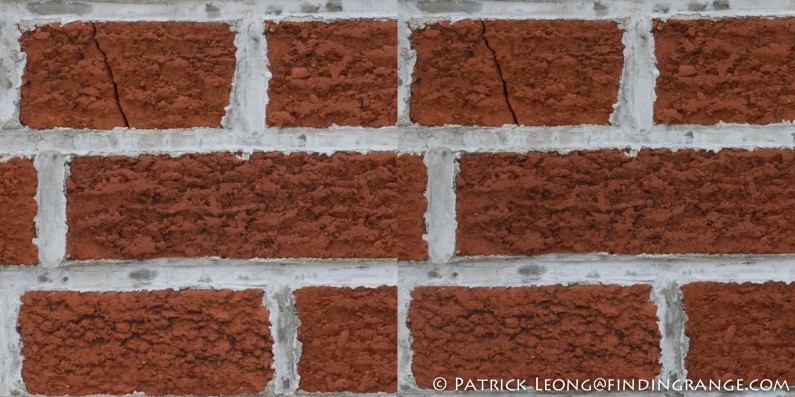
↑ F16
Center sharpness to me, seems pretty darn close. The XF 35mm F1.4 is ever so slightly softer at its wide open aperture but that does not matter in this case because the XF 35mm F2 does not have such a large aperture. Also, once the XF 35mm F1.4 is stopped down to F2, it sharpens up to the point where it’s pretty hard to tell, at least for me, which lens is actually noticeably sharper. In my opinion, it’s hard for me to tell which one really wins out here throughout the aperture range.
Corner Sharpness First Set:
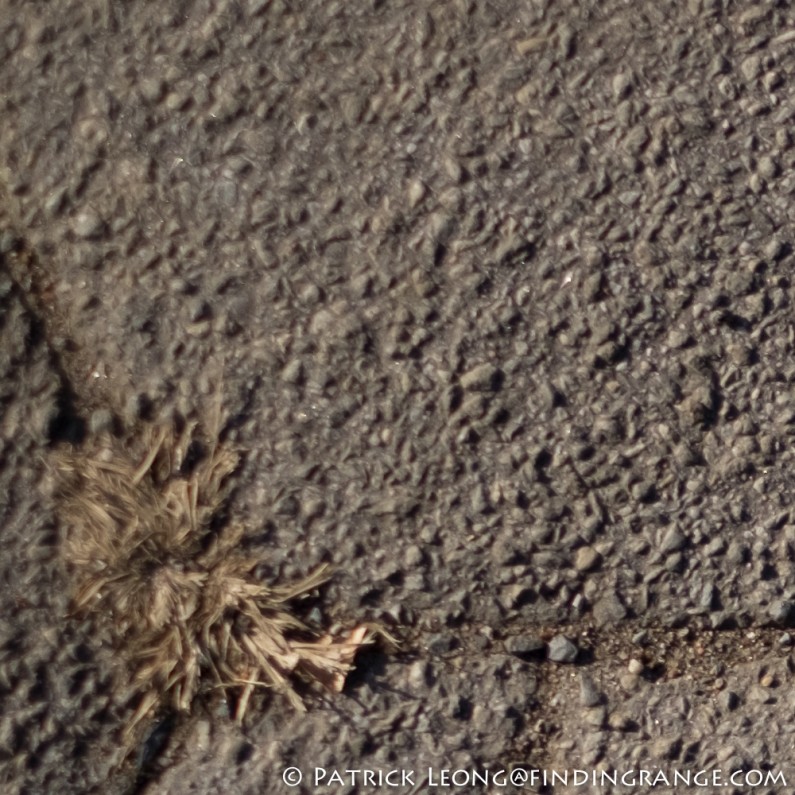
↑ F1.4
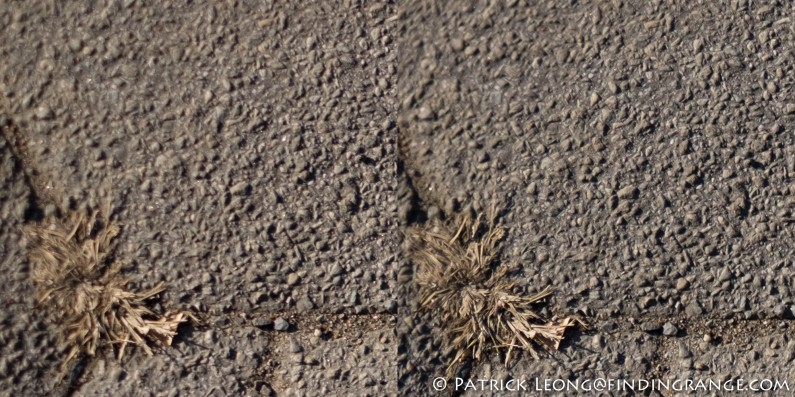
↑ F2

↑ F2.8
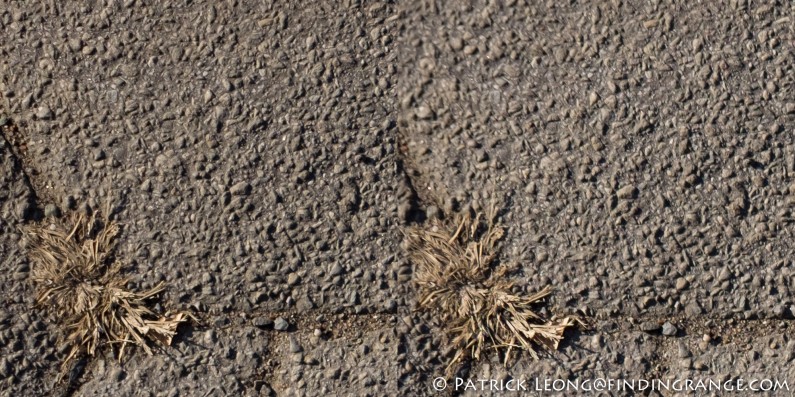
↑ F4
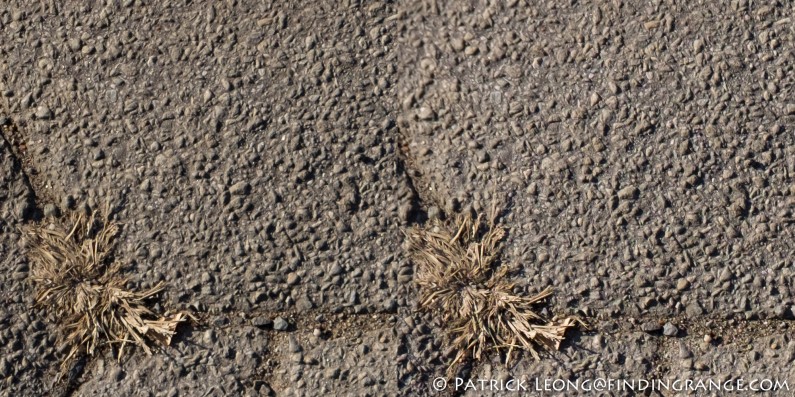
↑ F5.6
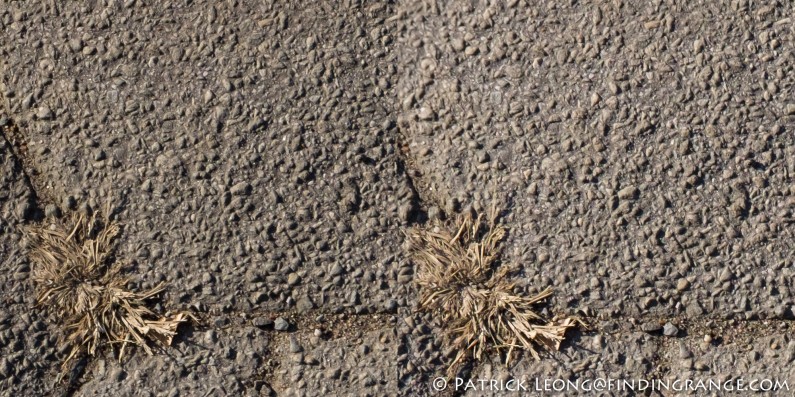
↑ F8
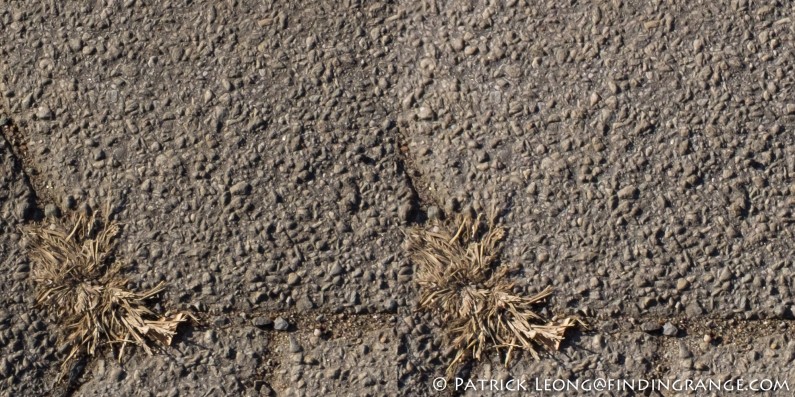
↑ F11
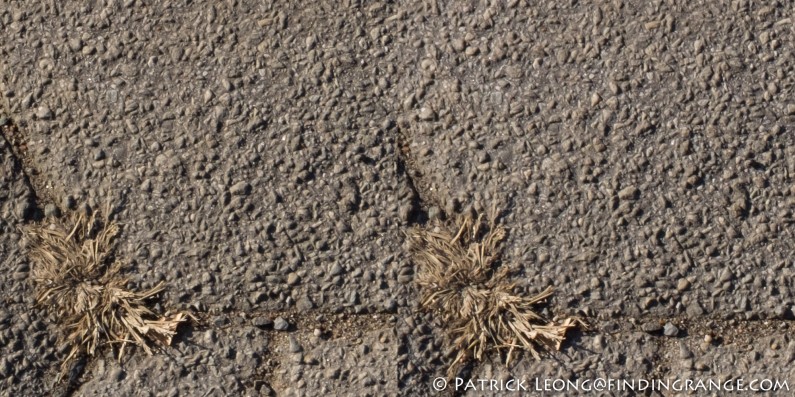
↑ F16
Corner Sharpness Second Set:
↑ F1.4
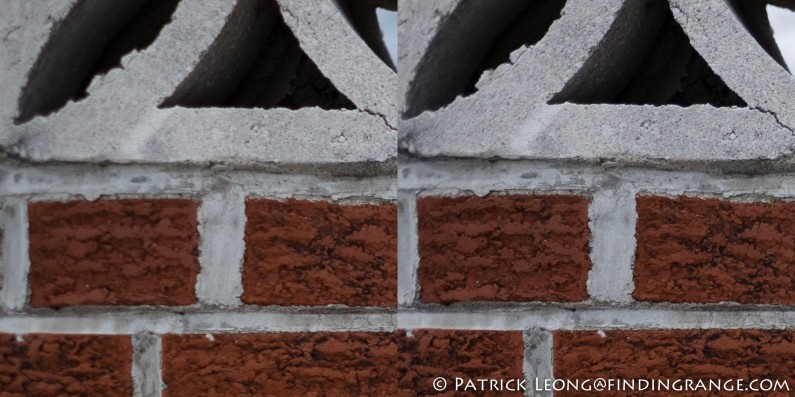
↑ F2
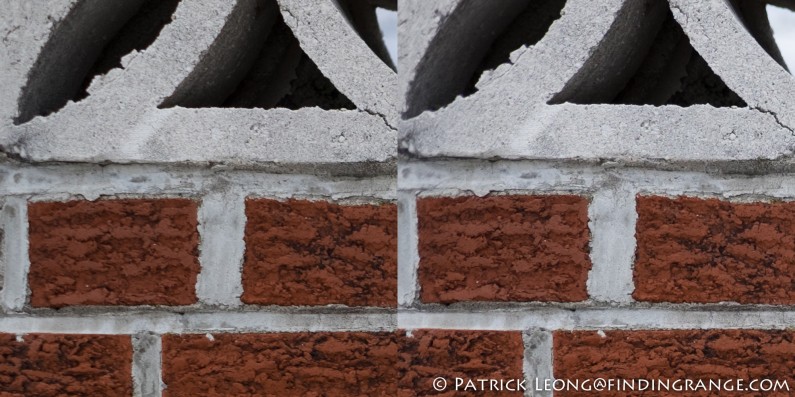
↑ F2.8
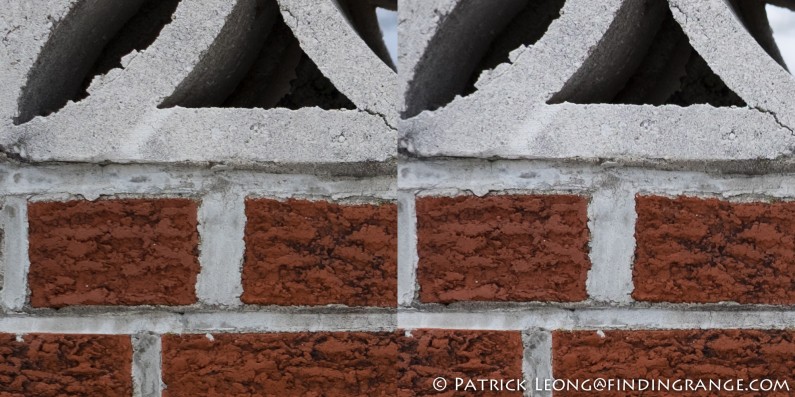
↑ F4
↑ F5.6
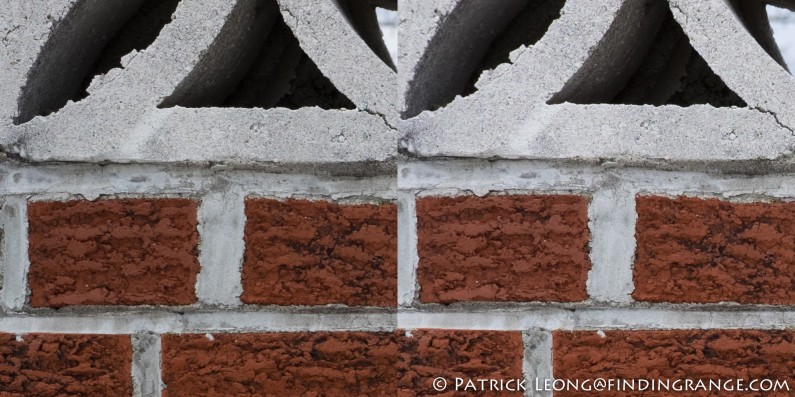
↑ F8
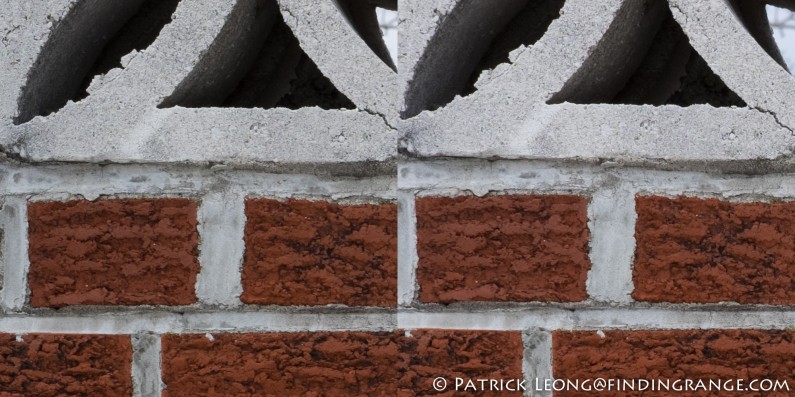
↑ F11
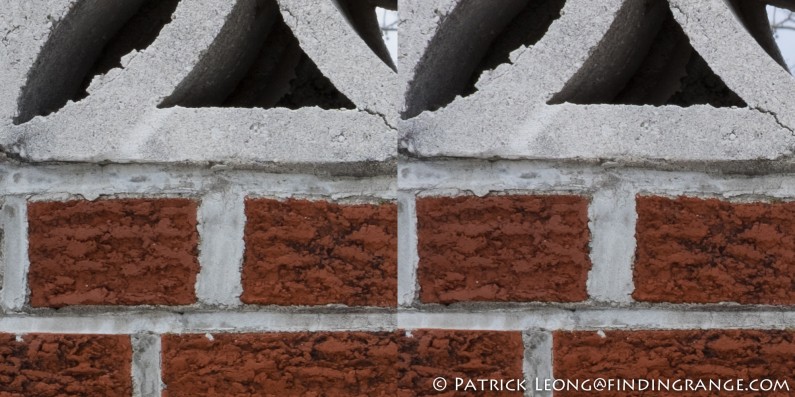
↑ F16
Corner sharpness is a different story. To me, the XF 35mm F2 R WR lens wins out here in the larger aperture settings but once we get to F4, the XF 35mm F1.4 catches up, and actually has a slight lead afterwards. In fact, there is always a slight softness in the corners throughout the aperture range for the XF 35mm F2.
Edge Sharpness First Set:
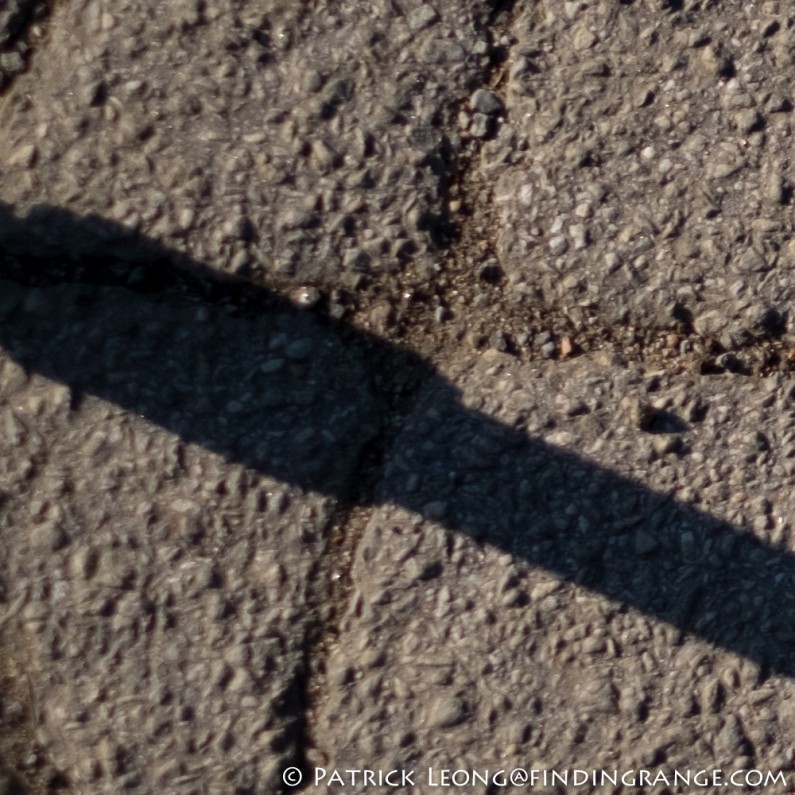
↑ F1.4
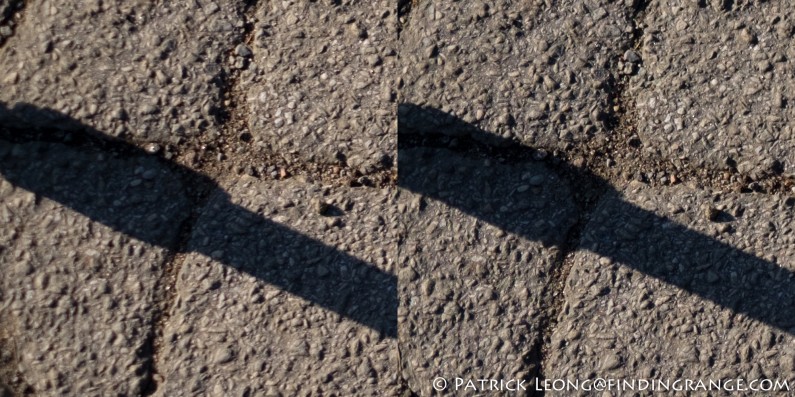
↑ F2
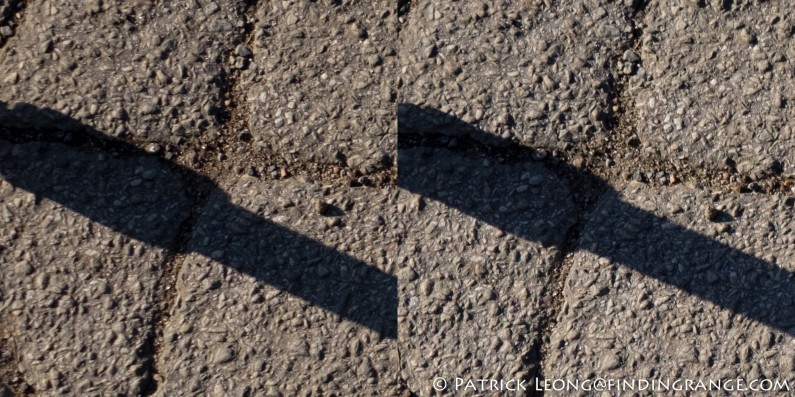
↑ F2.8
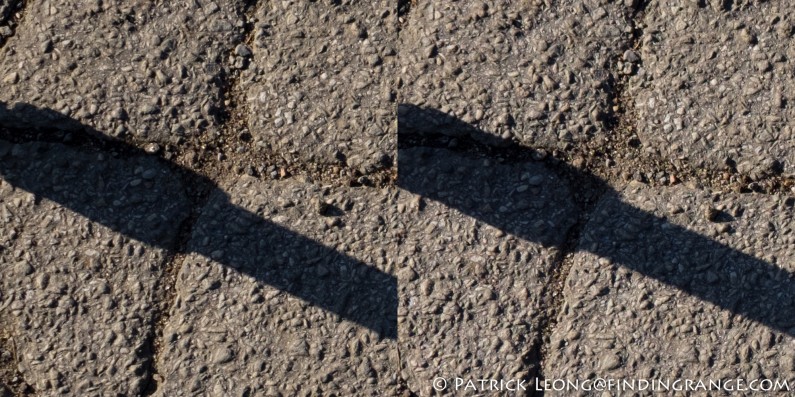
↑ F4
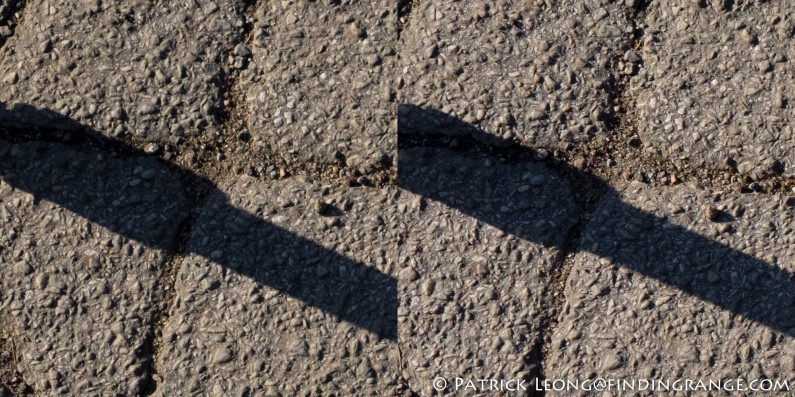
↑ F5.6
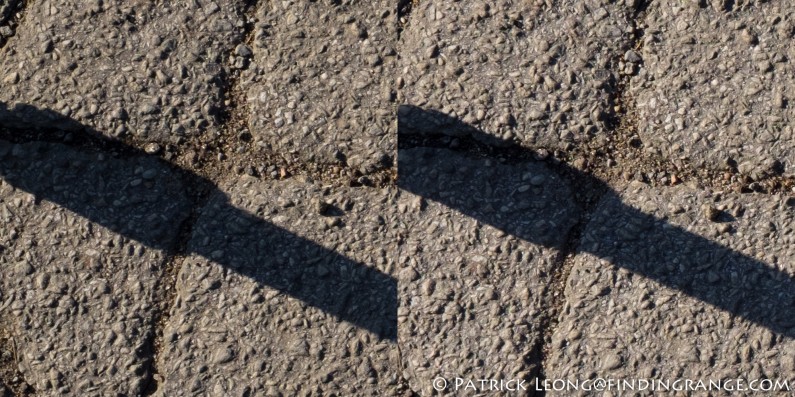
↑ F8
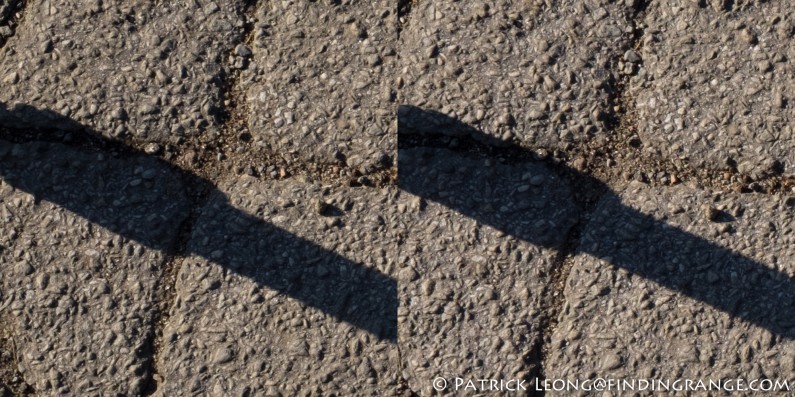
↑ F11
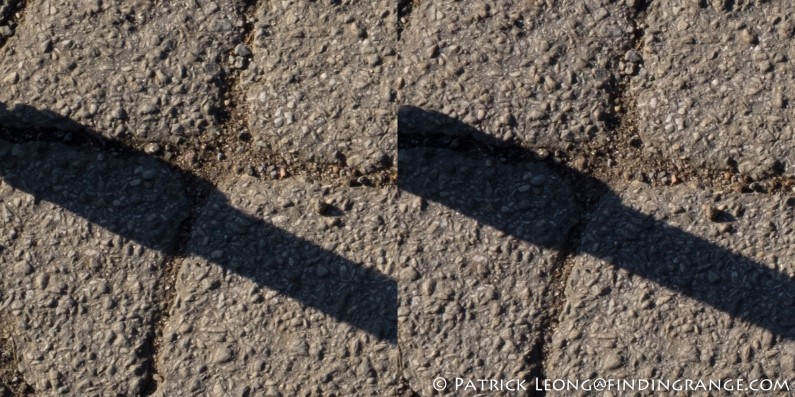
↑ F16
Edge Sharpness First Set:
↑ F1.4
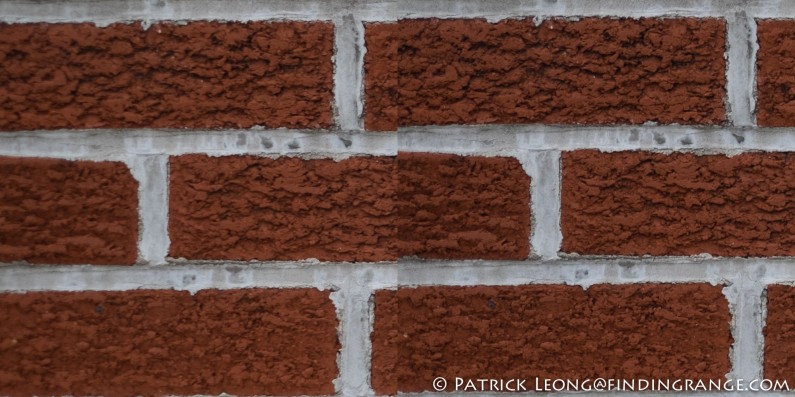
↑ F2
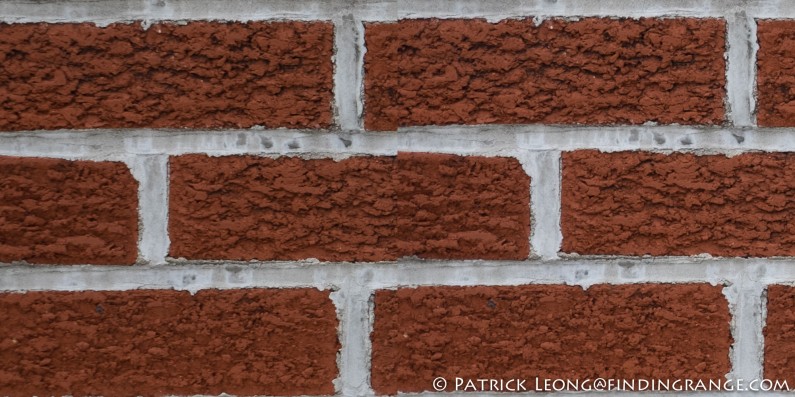
↑ F2.8
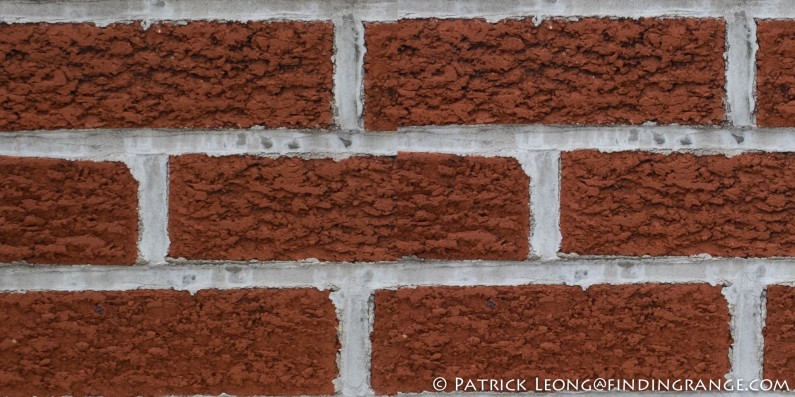
↑ F4
↑ F5.6
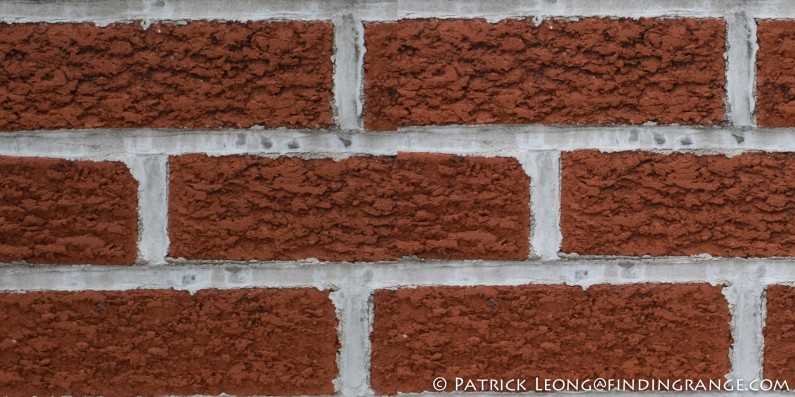
↑ F8
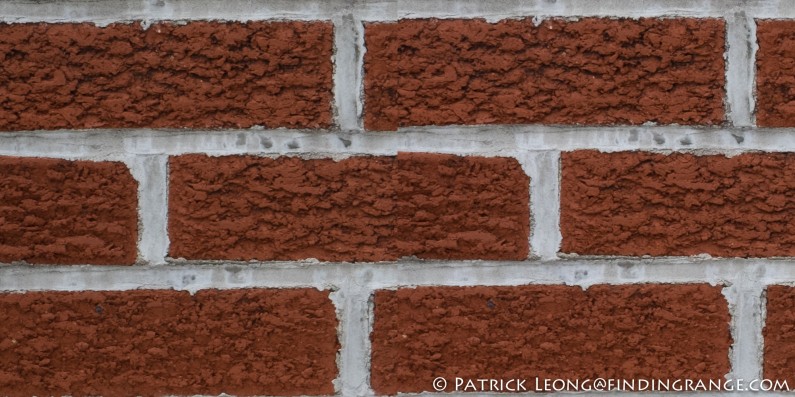
↑ F11
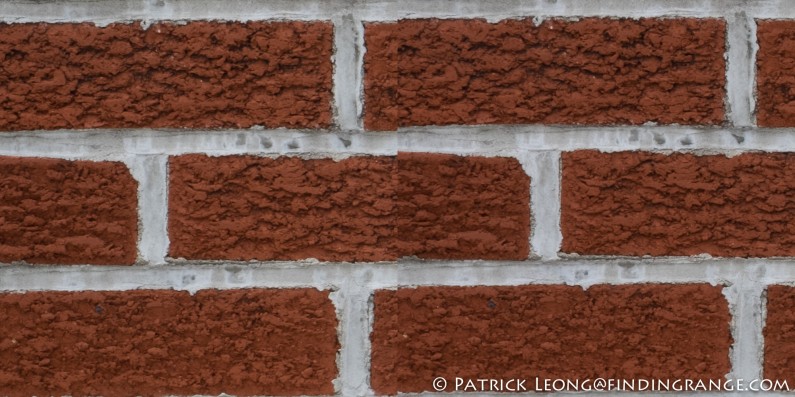
↑ F16
In terms of edge sharpness, the XF 35mm F2 R WR lens seems to win out here but once we get to around F5.6, the XF 35mm F1.4 starts closing the gap. Then to me, it’s pretty hard to tell which lens takes the lead.
The Original Image Files:
I’ve included some sample images of where the crops came from because I wanted to show you that if you see the overall images, there’s not a huge difference between them. Both these lenses are excellent optically.
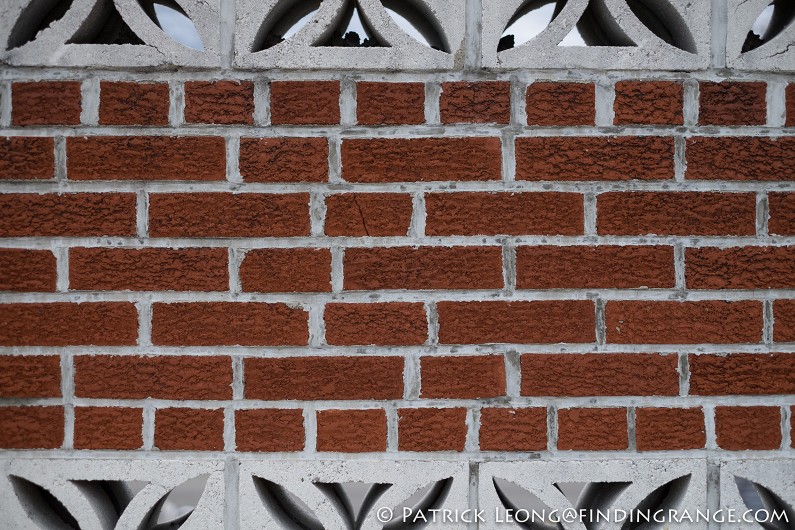
↑ XF 35mm F1.4 R lens at F2.
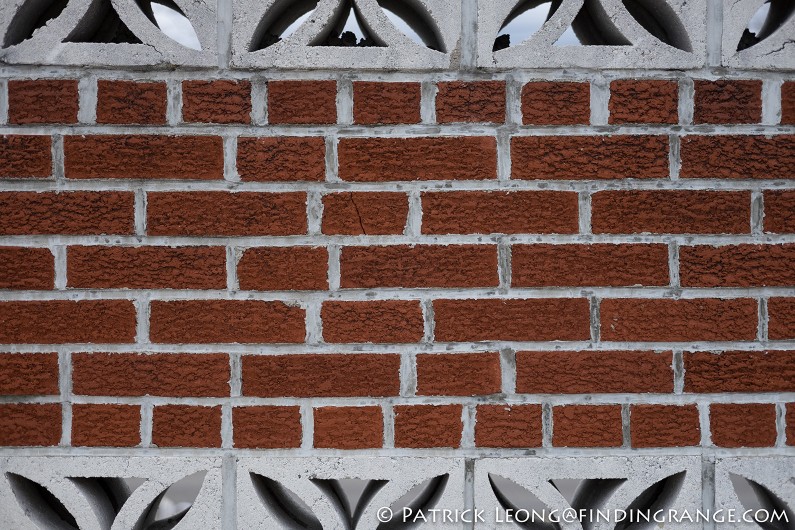
↑ XF 35mm F2 R WR lens at F2.
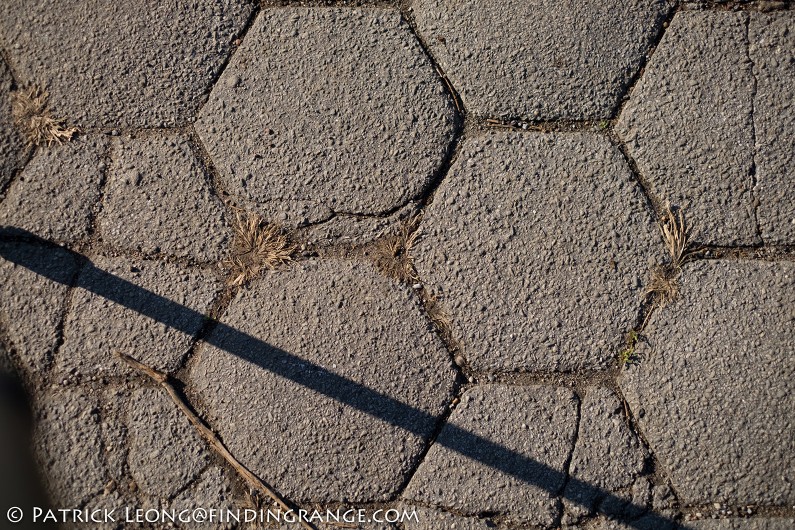
↑ XF 35mm F1.4 R lens at F2.
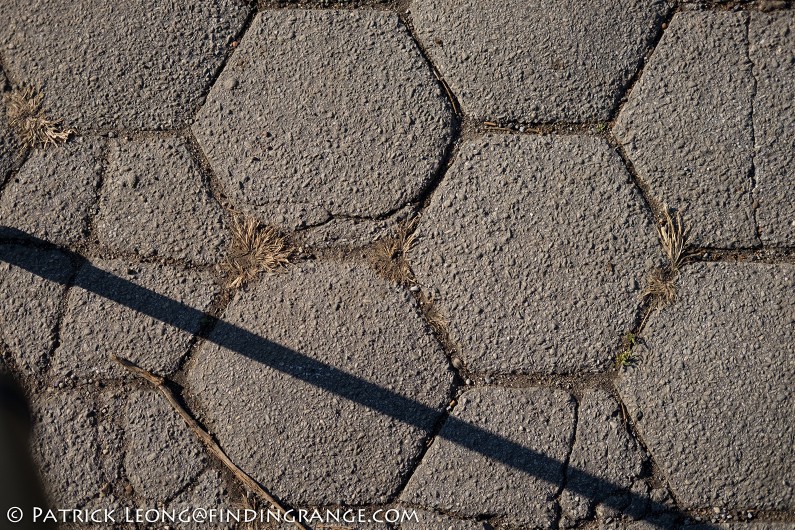
↑ XF 35mm F2 R WR lens at F2.

↑ XF 35mm F1.4 R lens at F5.6.
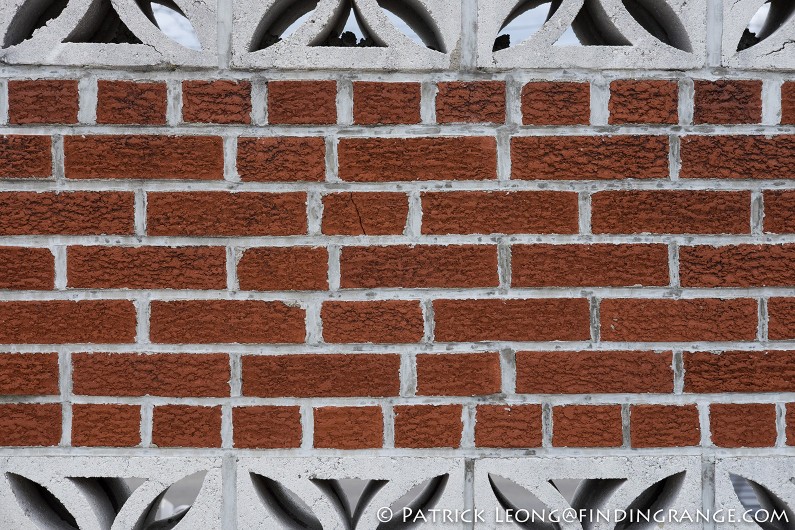
↑ XF 35mm F2 R WR lens at F5.6.
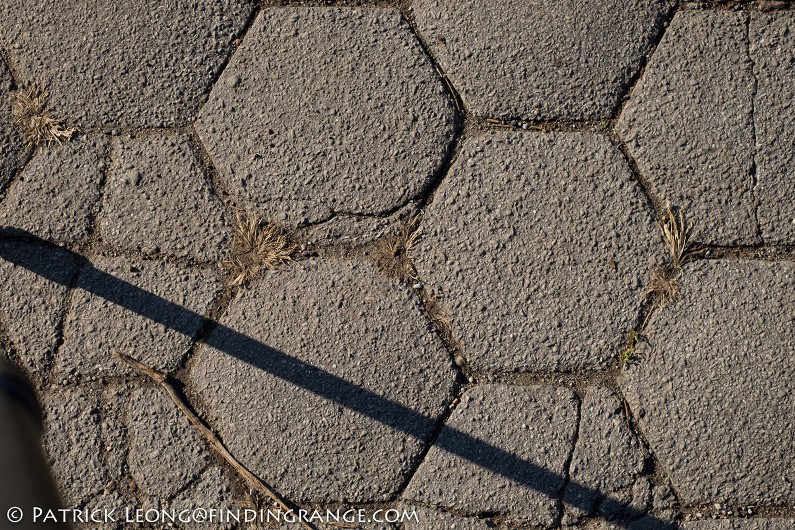
↑ XF 35mm F1.4 R lens at F5.6.
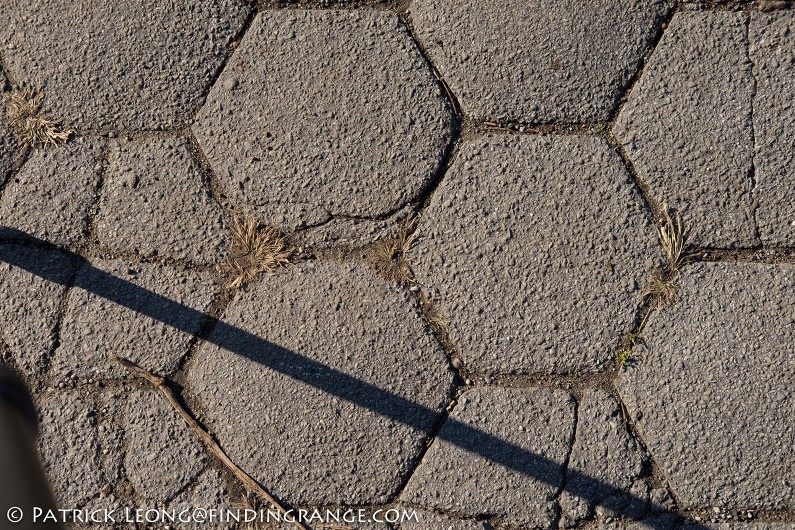
↑ XF 35mm F2 R WR lens at F5.6.
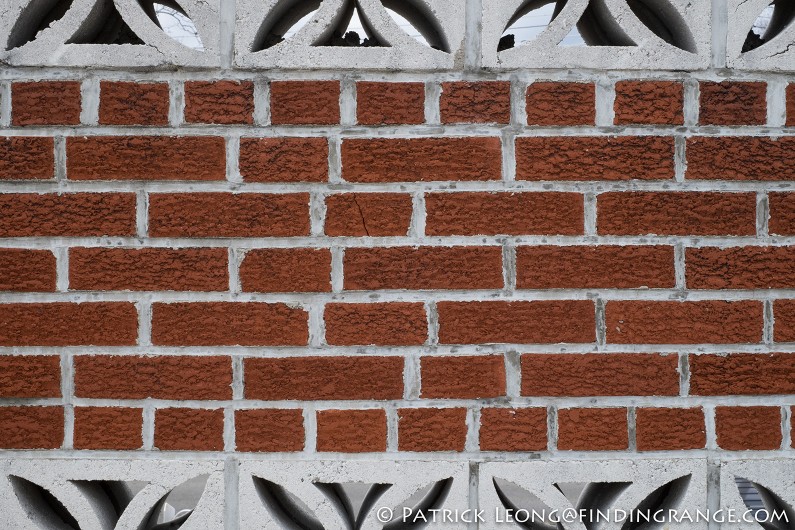
↑ XF 35mm F1.4 R lens at F16.
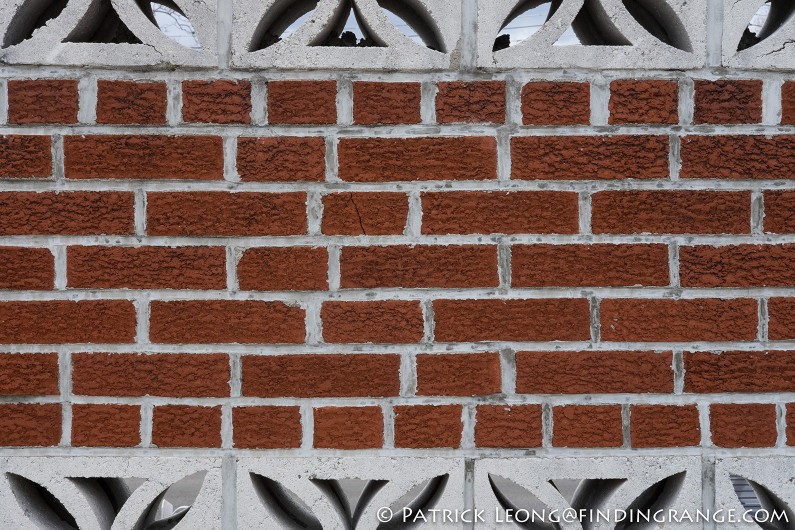
↑ XF 35mm F2 R WR lens at F16.
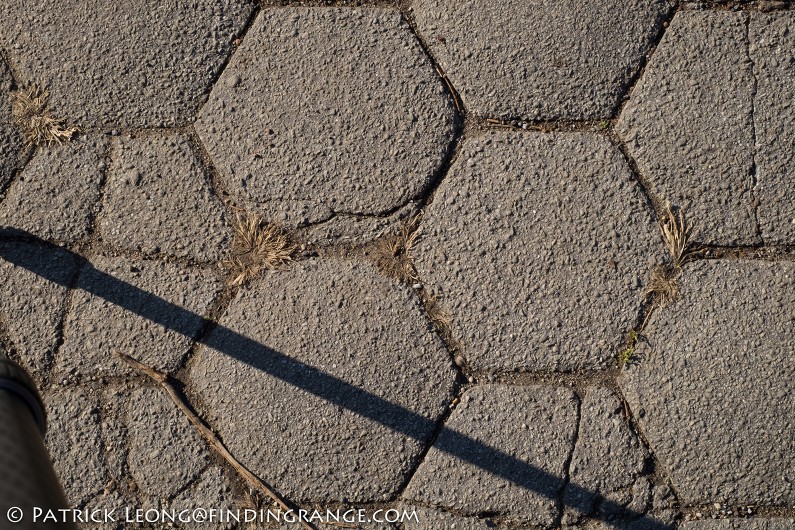
↑ XF 35mm F1.4 R lens at F16.
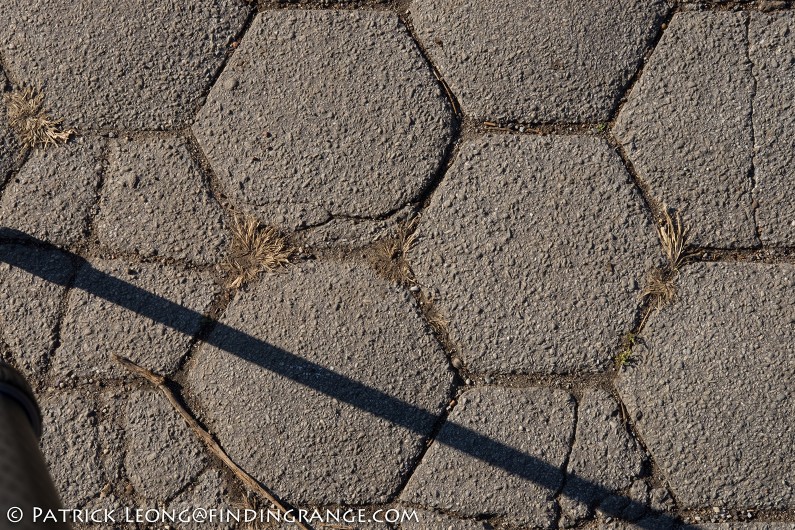
↑ XF 35mm F2 R WR lens at F16.
My Opinion on Sharpness:
I want to emphasize that testing like this doesn’t tell us the whole story. These lenses are meant to be used, and their unique characteristics will shine through in real world photography. With that said, my initial impressions were that the newer F2 version had a slight edge over the older F1.4 version mainly because I feel its a bit more consistent throughout the aperture range. For instance, there’s not as much fluctuation in the XF 35mm F2’s corner sharpness to me. Also, the XF 35mm F2’s edge sharpness is more consistent.
But after spending more time with the new XF 35mm F2 R WR lens, and actually performing a “shootout” between the two lenses, it’s pretty hard at least for me, to really say which lens is better optically. For instance, while the F2 version’s corner sharpness is more consistent and clearly better at the larger aperture settings, as I mentioned, it actually gets beaten by the XF 35mm F1.4 once you stop the lens down. In other words, both lenses have their own strengths and weaknesses. Depending on your own purposes with a lens of this focal length, you may actually prefer one over the other based on these results.
One thing’s for sure: this actually says a lot about the older XF 35mm F1.4 lens, which I also want to remind all of you, is a first generation lens. Whether one believes the newer version is better or not, credit should definitely be given to the F1.4 version for keeping up so well. Even after all this time, the XF 35mm F1.4 can still compete with the latest that Fuji has to offer. That’s downright impressive in my book.
Fuji XF 35mm F2 R WR vs. XF 35mm F1.4 R Lens Bokeh:
Here are a few photos taken with both lenses to demonstrate shallow depth of field and bokeh. The smallest aperture that I included is F2.8.
XF 35mm F1.4 at F1.4 vs. XF 35mm F2 at F2:
↑ XF 35mm F1.4 at F1.4
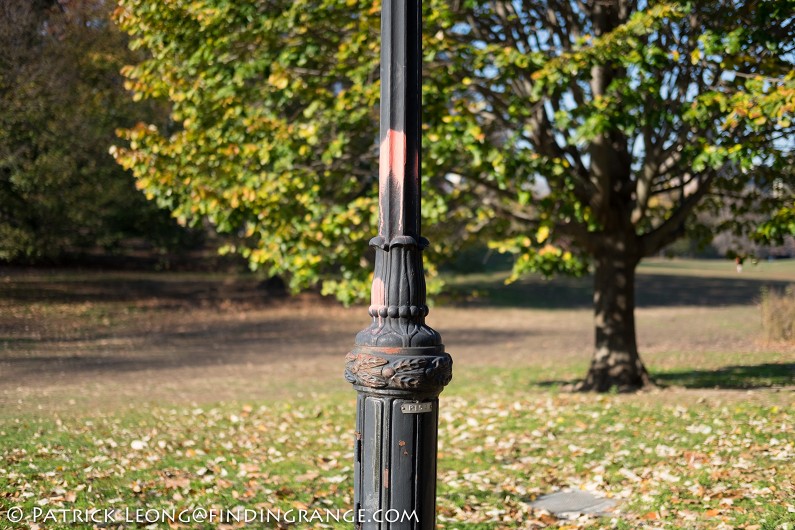
↑ XF 35mm F2 at F2
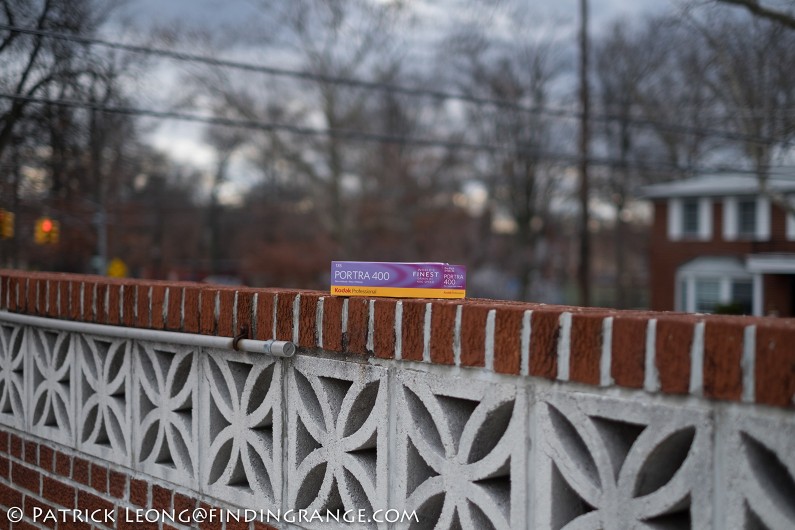
↑ XF 35mm F1.4 at F1.4
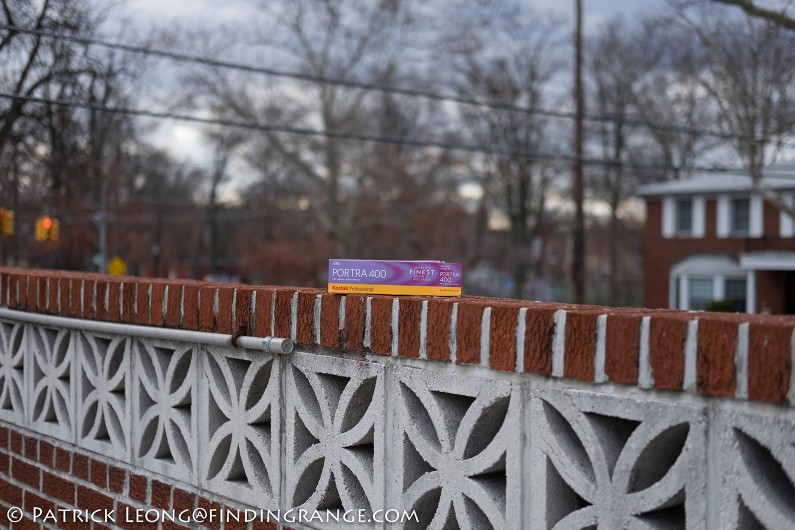
↑ XF 35mm F2 at F2
Comparing Photos From Both Lenses Taken With The Same Aperture:
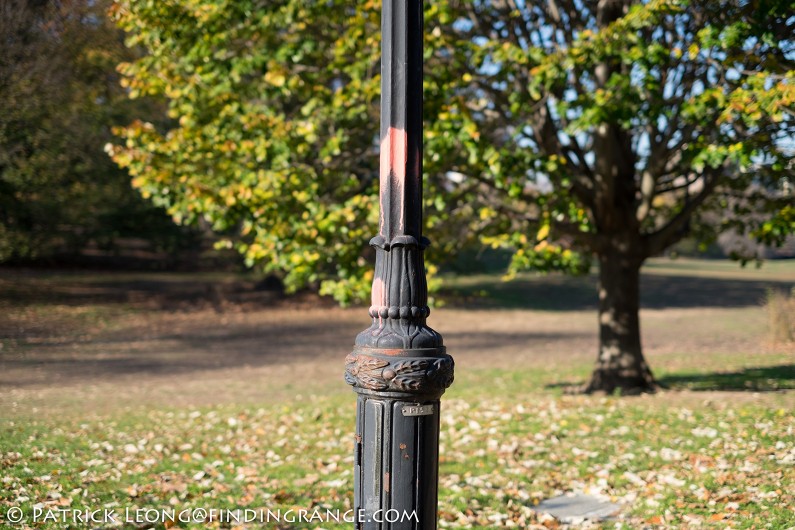
↑ XF 35mm F1.4 at F2

↑ XF 35mm F2 at F2
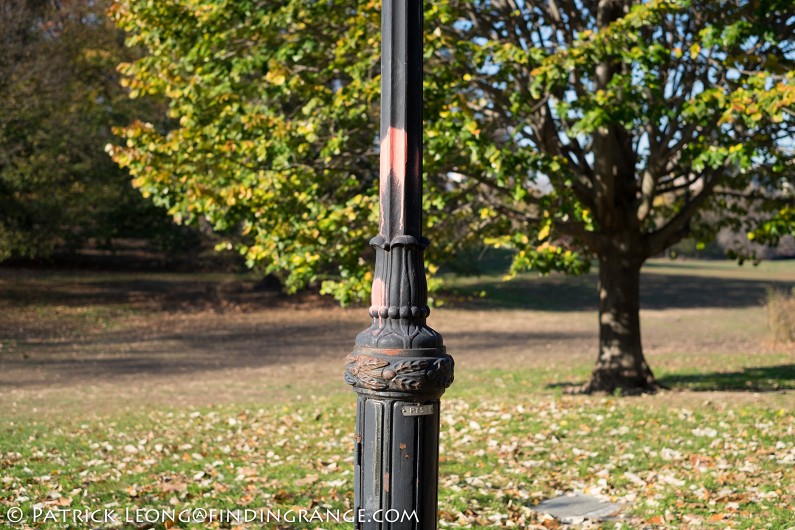
↑ XF 35mm F1.4 at F2.8
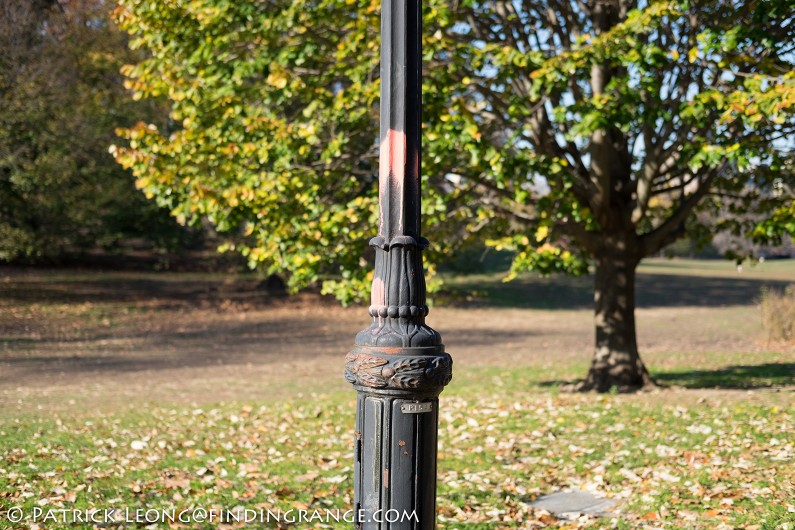
↑ XF 35mm F2 at F2.8
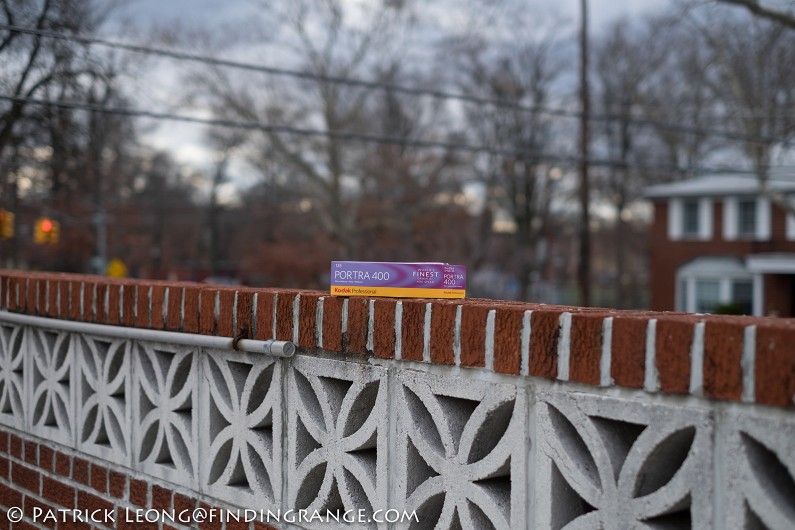
↑ XF 35mm F1.4 at F2

↑ XF 35mm F2 at F2
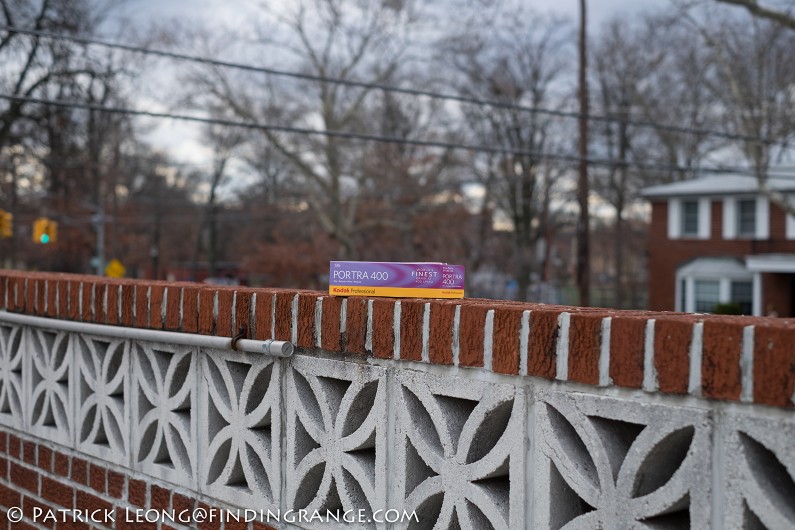
↑ XF 35mm F1.4 at F2.8
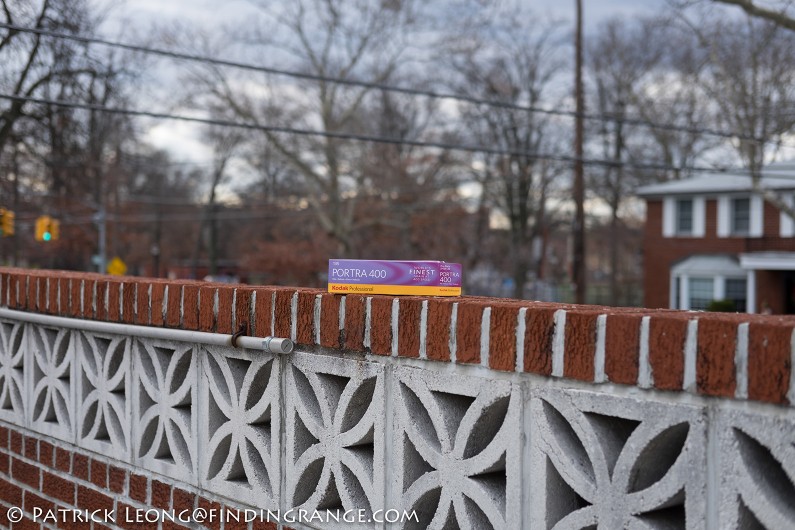
↑ XF 35mm F2 at F2.8
Bokeh and shallow depth of field are personal preferences, so I will leave it to you to decide for yourself as to which lens is better in this category, if that’s even the right word to use. If I had to pick, I think I would say that the F1.4 of the older XF 35mm has a slight advantage here. I particularly like the slight vignette at F1.4 as I feel it adds to the photo. Also, at F1.4, the out of focus area is generally softer, and therefore, more pleasing in my eyes when I want to use shallow depth of field for certain types of portraits for example. It also seems to have more of an “old school” or classic rendering to it. While there isn’t a hugely dramatic change between F2 and F1.4, I feel that shooting at F1.4 with the XF 35mm does help the subject pop out better.
However, the XF 35mm F2 R WR lens also produces beautiful bokeh. In fact, if I never used the F1.4 version before, I would probably be completely content with the bokeh that comes from the F2 version. Well…maybe. I have to admit that I’ve always been a huge fan of the XF 35mm F1.4’s bokeh. To me, whatever imperfection this lens has at it’s wide open aperture seems to add to the photos taken at F1.4. As I mention before, these tests don’t necessarily tell the whole story. So, below are some real world examples that I’ve taken with both lenses at their largest apertures.
Fuji XF 35mm F1.4 R Lens Examples:

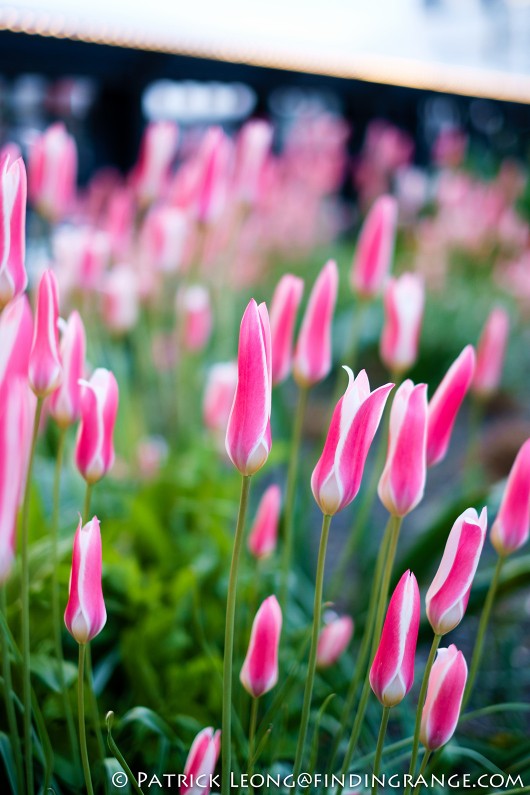
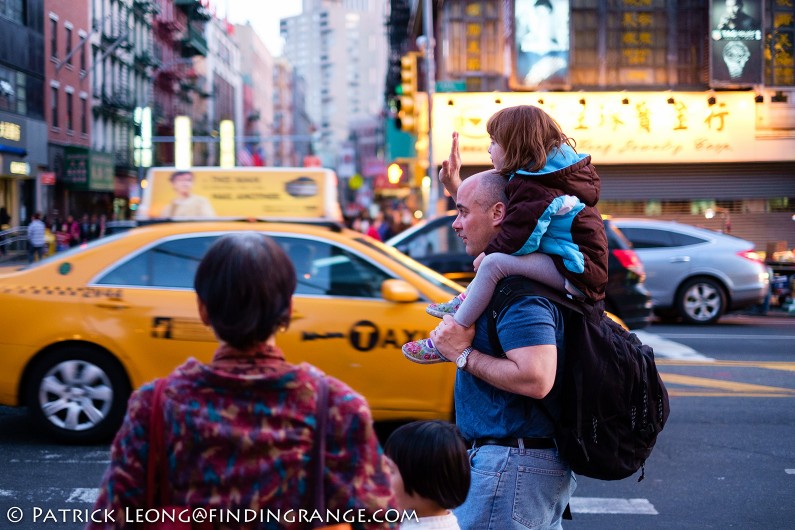
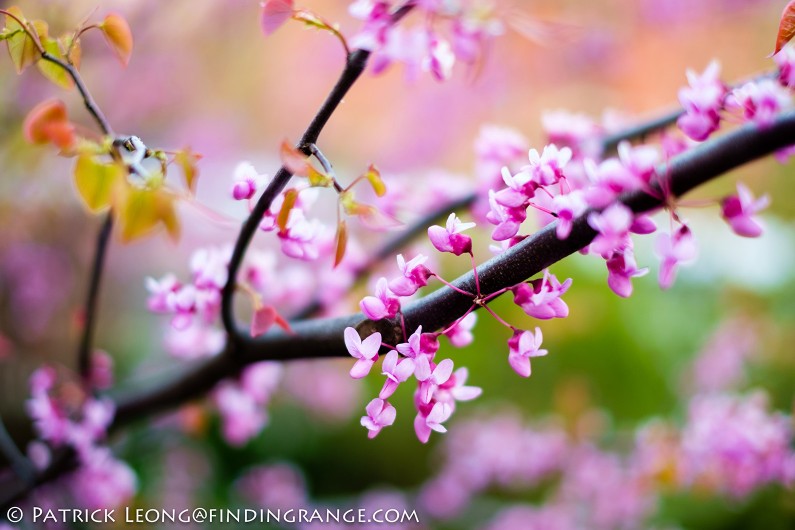
Fuji XF 35mm F2 R WR Lens Examples:

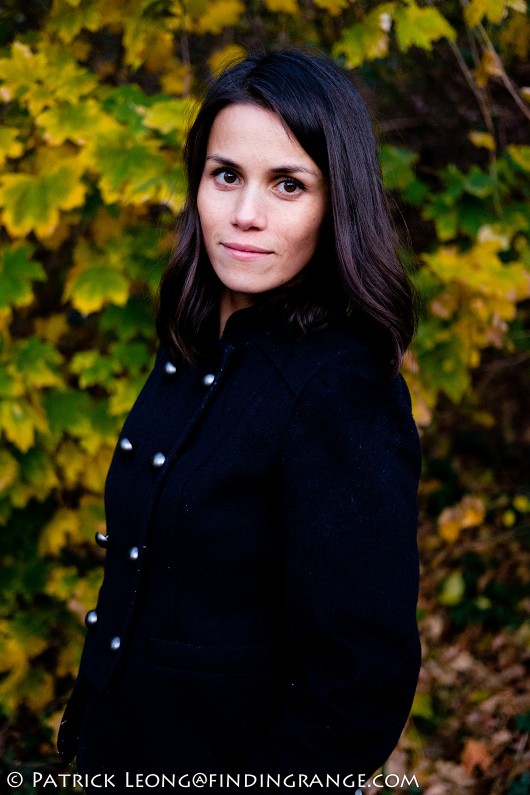
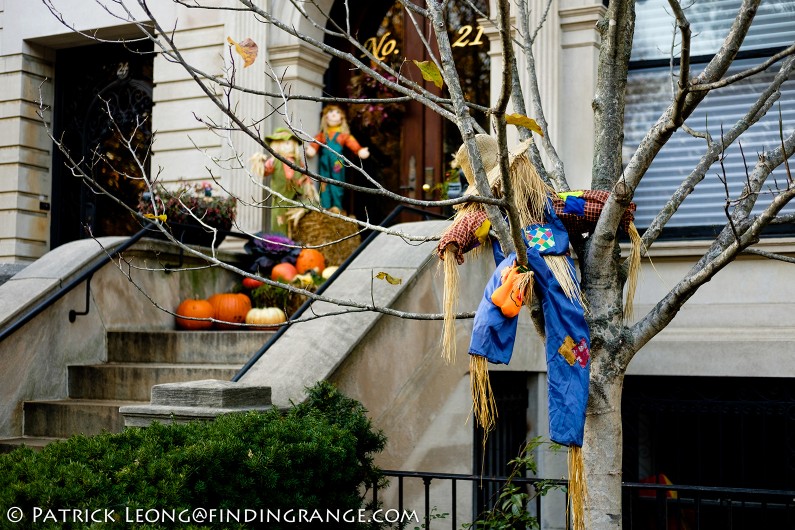
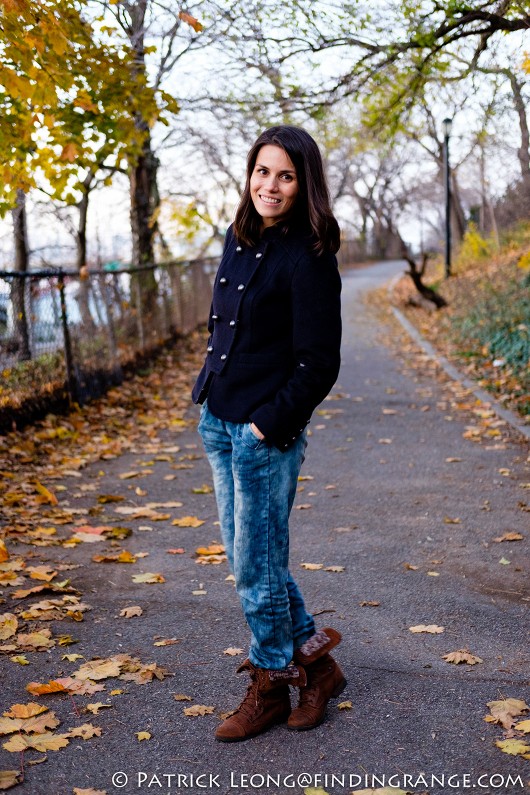
Fuji XF 35mm F2 R WR vs. XF 35mm F1.4 R Which one do I Prefer?:
Both these lenses offer fantastic value for the money. The XF 35mm F2 is an extremely attractive buy: the build quality is clearly better than the F1.4 version. It’s not only better built, it just feels more refined than the XF 35mm F1.4. It’s also more compact than the F1.4 version, and it has weather sealing. The autofocus is not only better, it’s also a lot quieter. Furthermore, image quality has definitely not suffered even with all these major improvements.
With all that said, the XF 35mm F1.4 R lens (B&H Photo/Amazon) is a stop faster. This extra stop can be useful for shallow depth of field work, especially considering the crop sensor. It’s true that if shallow depth of field is important, one can purchase something like the XF 56mm but I know there are times when I just simply don’t have enough space for a short tele. Having a “normal” lens with a fast aperture is just plain useful. It makes the lens very versatile. Plus, I am a little old school when it comes to photography, and I prefer to always shoot at the lowest ISO setting possible, so having an extra stop can mean the difference between shooting at 3200 ISO instead of 6400 ISO. Lastly, while the XF 35mm F1.4 is a larger lens than the XF 35mm F2, the F1.4 version is still considered compact. At 187g, it’s also not much heavier than the 170g XF 35mm F2.
Image quality is extremely important to me, and as many of us know, the XF 35mm F1.4 definitely excels in this department. The truth is, there are days when I feel the XF 35mm F2 does have the slight edge in this area and other days I think the exact opposite, but that tells me something: to me, both lenses are pretty close to each other in terms of image quality. This is my opinion, of course. I know one thing that is true: if you’re not pixel peeping, and downright comparing the images from both lenses at 100%, it’s going to be pretty hard to tell which one is noticeably better. It’s not like we’re comparing one really bad lens with an excellent one. We are comparing two superb lenses. The XF 35mm F1.4 is already such a fantastic lens that at least for me, it’s not going to affect my decision as to which lens I would choose.
I think what’s important to remember is that the XF 35mm F2 is not a replacement for the XF 35mm F1.4. It’s meant to compliment it. Traditionally, camera manufacturers have produced several versions of the same focal length. I believe this lens is really targeting people who don’t need the extra stop and therefore, would rather have a more compact design or/and who want something more budget friendly. With my Leica M kit, I was shooting with a 50mm Summicron for years but switched to a 50mm Summilux ASPH because I found the extra stop was useful to me. I think what makes deciding between these two lenses so difficult is traditionally (not always), the faster version was either better built or had a little more tech in it, and in this case, it’s the opposite. If both lenses were built to the same tolerances and standards, I believe the decision would be much easier, at least for me.
Both lenses are excellent, and I’m not saying this just because I’m trying to be neutral. I’ve mentioned numerous times in my blog how the XF 35mm F1.4 is one of my favorite lenses. The XF 35mm F2 is one of Fuji’s top lenses as well. So, there really isn’t any wrong decision to be made here. I think it really comes down to whether or not you think the F1.4 is important to you. In my opinion, if you find yourself wishing for that extra stop a lot, then there’s your answer. If not, it may be a better idea for you to purchase the F2 version, which not only has Fuji’s latest tech, it’s more compact, and priced lower.
As for me, I decided to keep my XF 35mm F1.4. Keeping this lens wasn’t an easy decision for me to make because the XF 35mm F2 has a lot of attractive qualities but I think in the end, it’s the right decision for me. I originally purchased this lens when it was first released with the X-Pro1 and later traded it in for something else. I bought it again a few months ago knowing about the F2 version because I wanted the F1.4 wide open aperture. My favorite focal length has always been a 50mm, so to me, I want something that’s not only compact but also gives me as much flexibility as possible (even if it’s just a little) in a compact body. As I mentioned earlier, I used to shoot with a 50mm Summicron for years but upgraded to the Summilux because I found myself always wishing for a little more speed.
What I might do in the future though is if Fuji does release its rumored 35mm F1.0 lens, trade in the 35mm F1.4 for the F2 version, and also purchase the 1.0 version. I imagine a 1.0 version would probably be pretty large, so I would treat the F2 version as my daily lens, and use the F1.0 for specialty purposes or when I want ultra shallow depth of field. I don’t think I would ever buy both the F1.4 and the F2 version. But if Fuji decides against releasing an ultra fast 50mm equivalent, the XF 35mm F1.4 will probably have a permanent place in my Fuji kit.
That’s it for my comparison. I hope you’ve all enjoyed it, and I hope it has helped some of you. Thanks for taking the time to read it. If you’re considering buying either of these lenses, and my comparison helped you decide, please help support this site by purchasing from one of the links below. It does not cost anything extra. Thank you for your support!
Amazon: XF 35mm F1.4 or the XF 35mm F2
B&H Photo: XF 35mm F1.4 or the XF 35mm F2
Adorama: XF 35mm F1.4 or the XF 35mm F2
B&H Photo Current deal: $100 off X-Pro2 and XF 35mm F2 kit

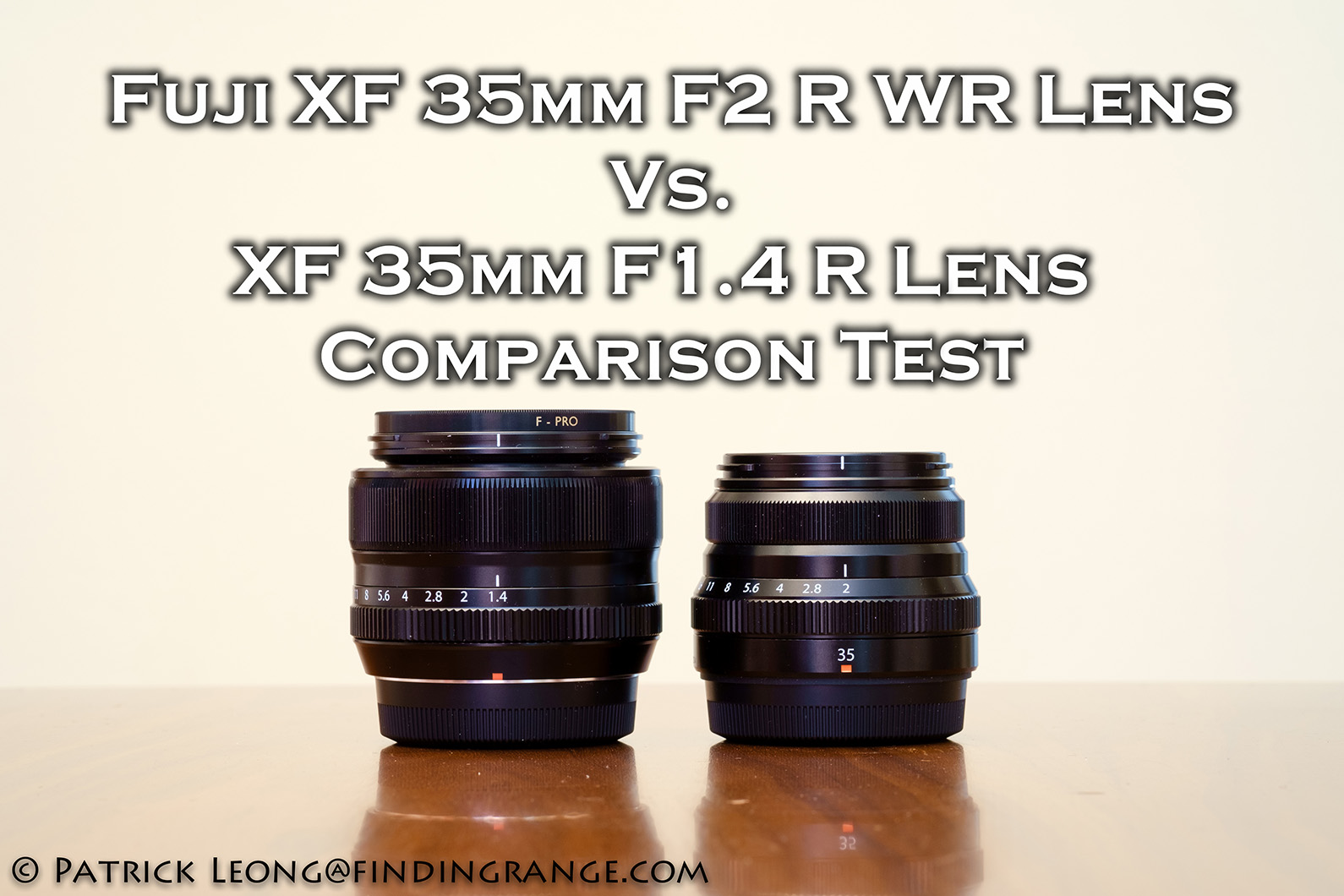
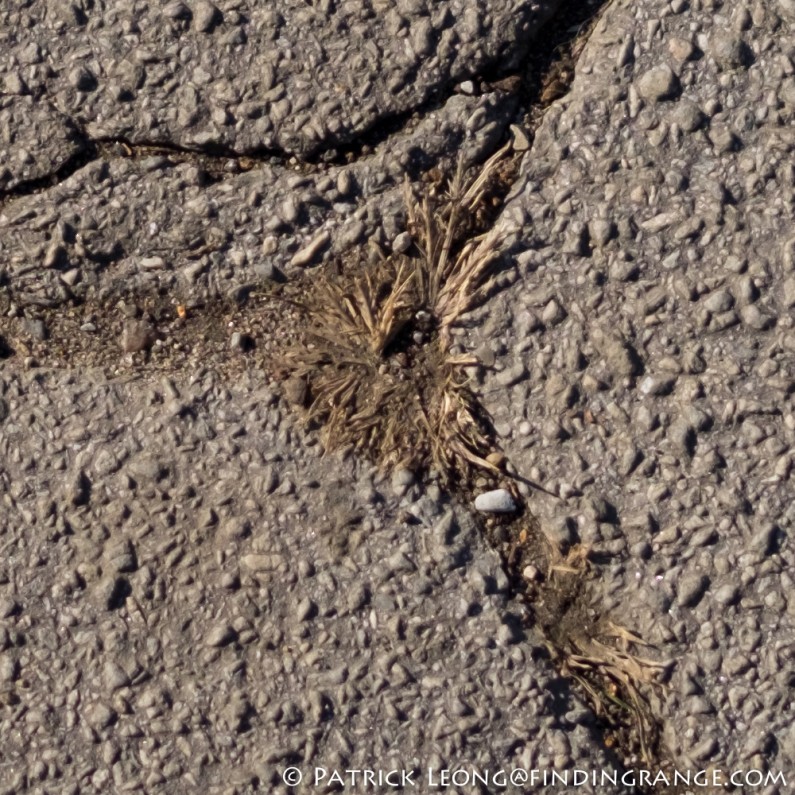
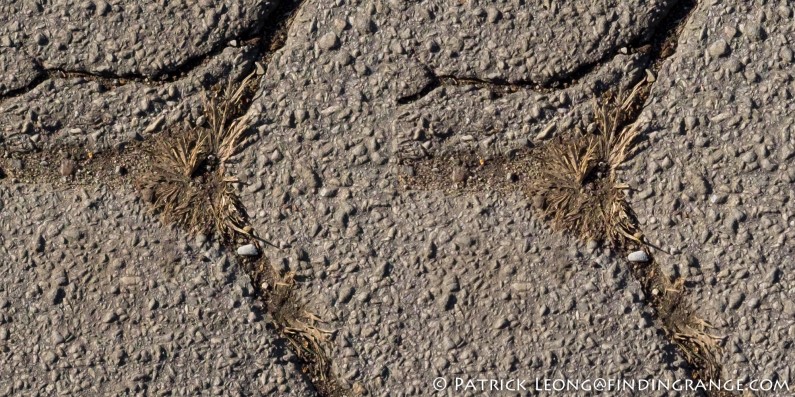
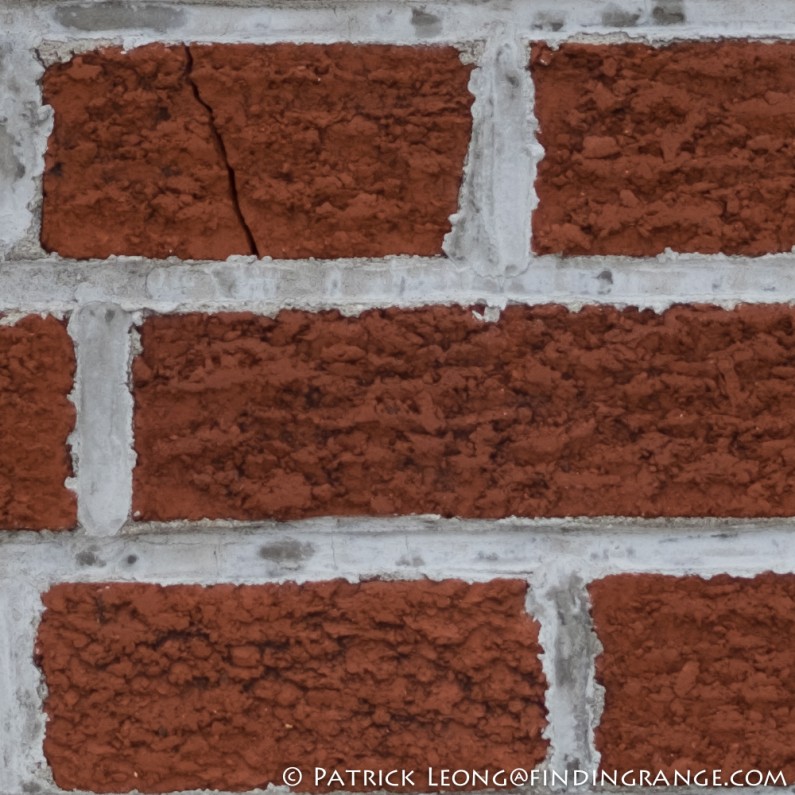
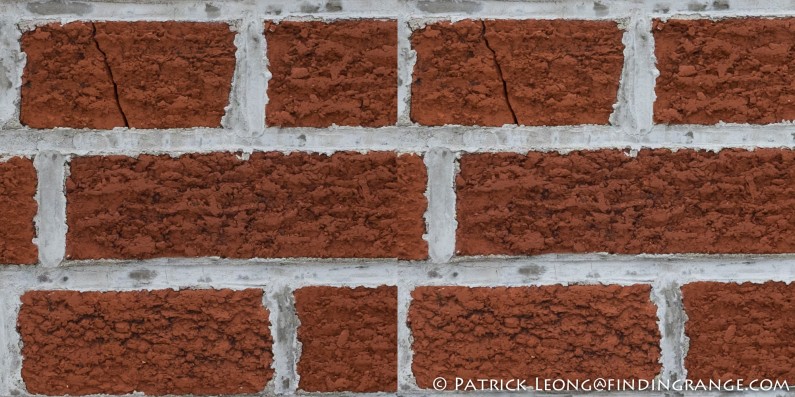

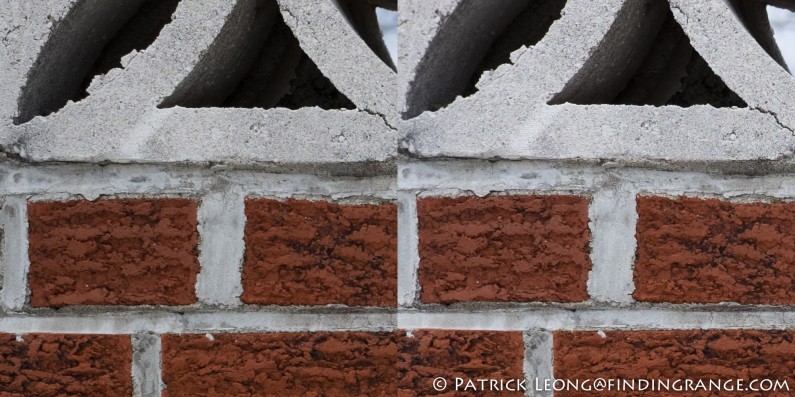
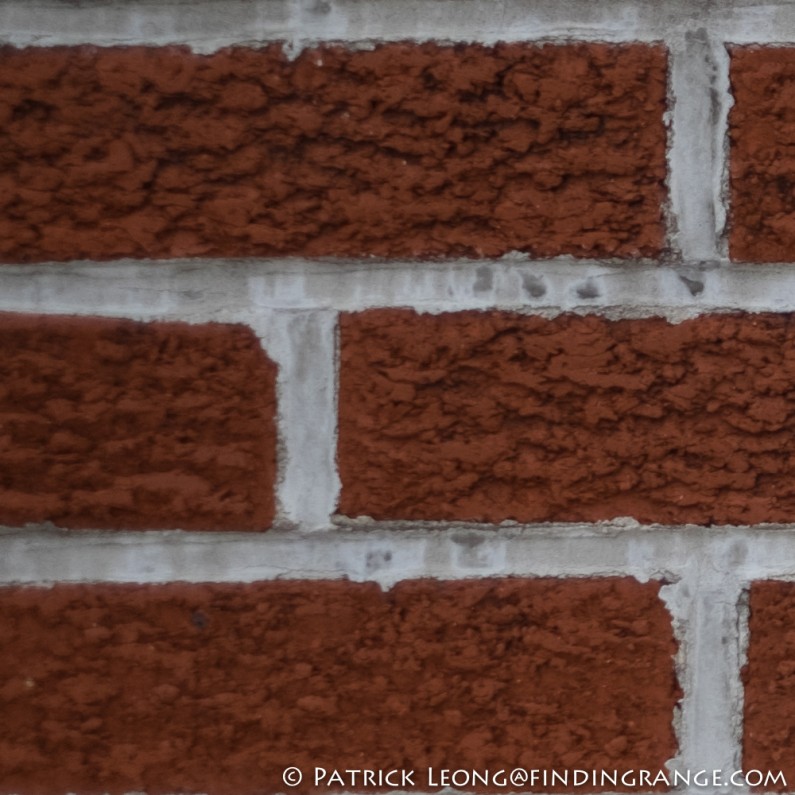

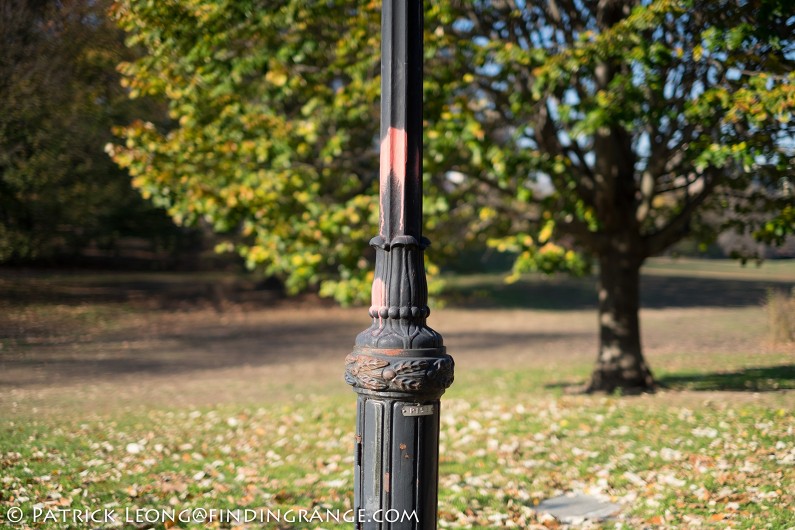
this comparison review covered all the bases in a balanced and objective way
Thanks inthedarkroom!
Happy Holidays!
Hello Patrick,
Another excellent review that will be helpful to photographers who are more interested in actual usages of lenses, rather than the statistics that they may produce. The xf35mm lens was one of the first in my Fuji X kit & it remained my favorite even after the many advances made by Fuji in their lens roadmap. I made the decision to keep mine when the new lens came out, & it was because nothing I had read suggested to me at least that there were improvements in IQ with the new one that would cause me to want to give up that one stop extra speed of the old one. Your review both confirms & reinforces that decision, but in a much more user friendly way. Thanks for taking the time to add something to what is already out about this impressive new Fuji lens.
Jed
Hi Jed,
Thanks for your kind words and for taking the time to read my comparison. Both lenses are great but in the end, even though the XF 35mm F2 is more compact and better built, the extra stop is more useful to me. Take care!
Happy Holidays,
Patrick
Really comprehensive comparison. The f2 lens wins it for me. Better build and feel, more compact and image quality that is on par an beyond what the f1.4 lens can do. Even if money is no object i think the f2 is a good option and i would buy it. Shure the extra stop in light can be useful, but for 90% (and up) i would not need it. You can argue that 1.4 helps to isolate your subject from the background but your pictures show that the f2 lens does it very well. I like its bokeh and the environment just melts away in the right way. You have enough that is focus, both, on your subject and in the environment. Something that is not always true with the totally blurred images that are fancy today. But that is a matter of taste i guess. In your images i am happy to be able to see where they have been shot 😉
Keep up the great work.
Greetings, Elderin
Hi Elderin!
I had a feeling you would pick that lens over the F1.4 ;). I’m also glad you are happy that you can see where my images have been shot lol. I definitely appreciate that comment. I am like you in that way; I think blurred backgrounds definitely have their place in photography but not in every single pic :). It’s funny how things have changed because back in the 80’s and 90’s, I remember people used to prefer shooting with smaller F stops to make sure everything was in focused.
As for the lenses in this comparison, I can definitely see what you mean, and I would have no problems paying more for the F2 version as well. It’s a lens with many huge improvements. Still though, even if I take the blur factor out of the equation, an extra stop has helped me before. I’m not sure which lens I would pick if I didn’t own either of them. But since I already own the F1.4 version, I just don’t think there’s enough for me at least, to trade it in for the F2 version. However, things might change if Fuji comes out with a F1.0 version.
As always, thanks for stopping by and leaving your input!
Best regards,
Patrick